

Korea
Stylish. Energetic. Surprising.
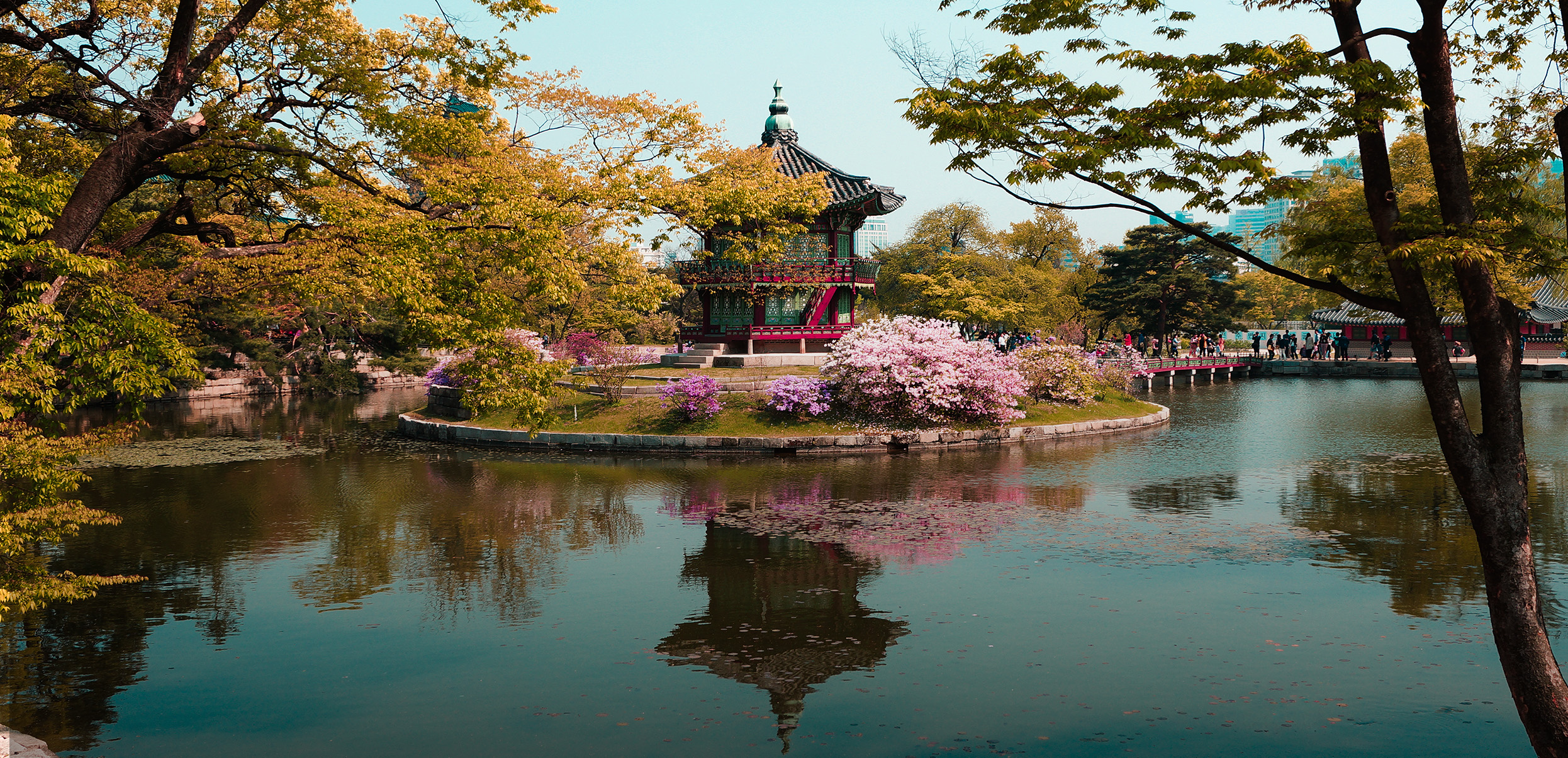
The Gyeongbokgung Palace
SEOUL - This is the grandest and perhaps most beautiful palace in the country. It was built in 1395 and contains hundreds of halls and rooms. If possible, get there in time for the noon changing of the guard, a display of ancient pageantry that showcases the classical clothing and rituals that are at the heart of Korean culture. The rather quaint National Folk Museum is situated on the palace grounds. It displays 4,000 artifacts detailing Korean history and tradition.
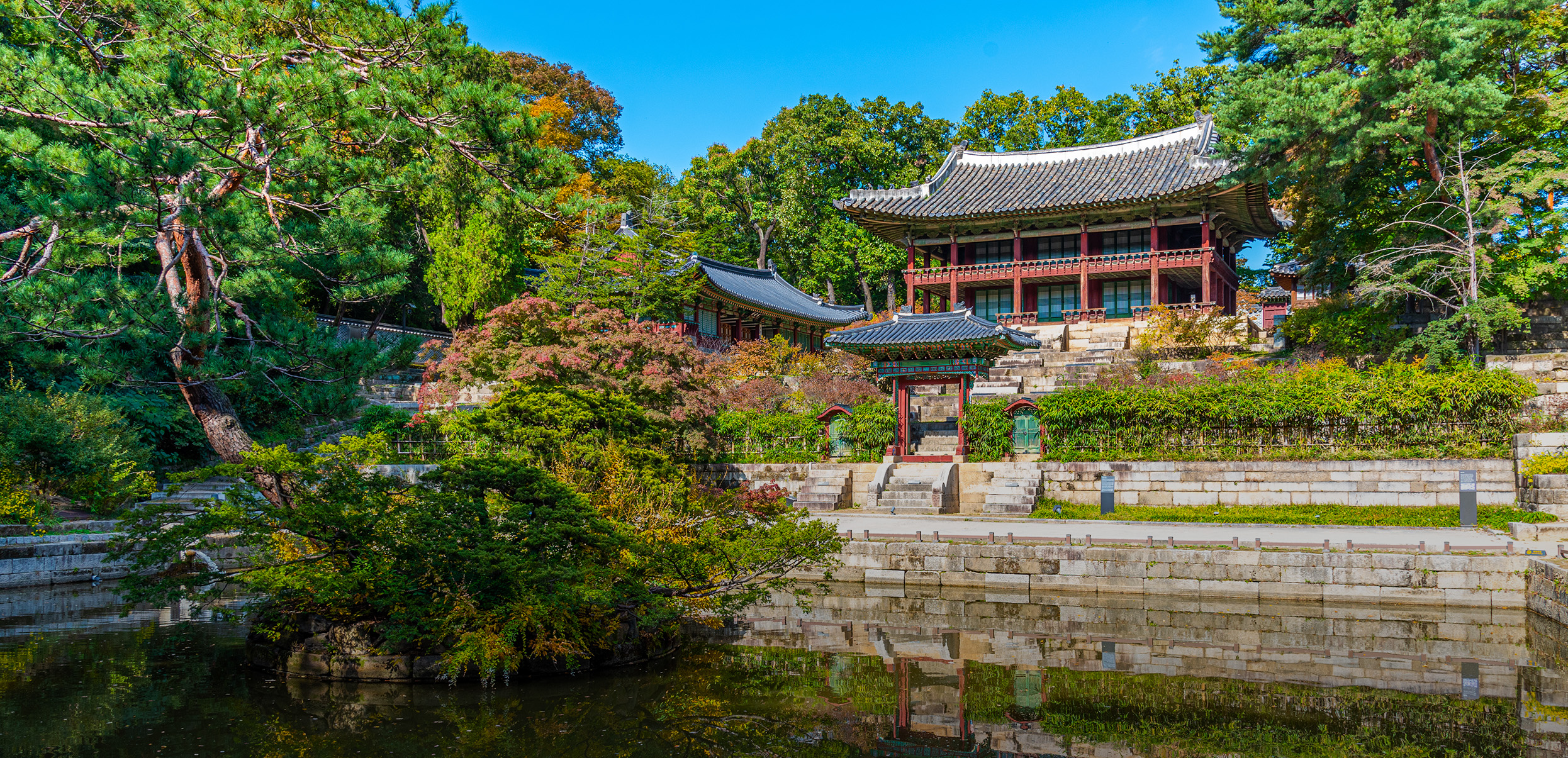
Changdeokgung Palace
SEOUL - The second of the five great palaces of the Joseon Dynasty (1392-1910), this was the principal residence of the Joseon kings from the 15th century onward. Awash in gorgeous, tranquil pavilions and lotus ponds, it was declared a UNESCO World Heritage in 1997.
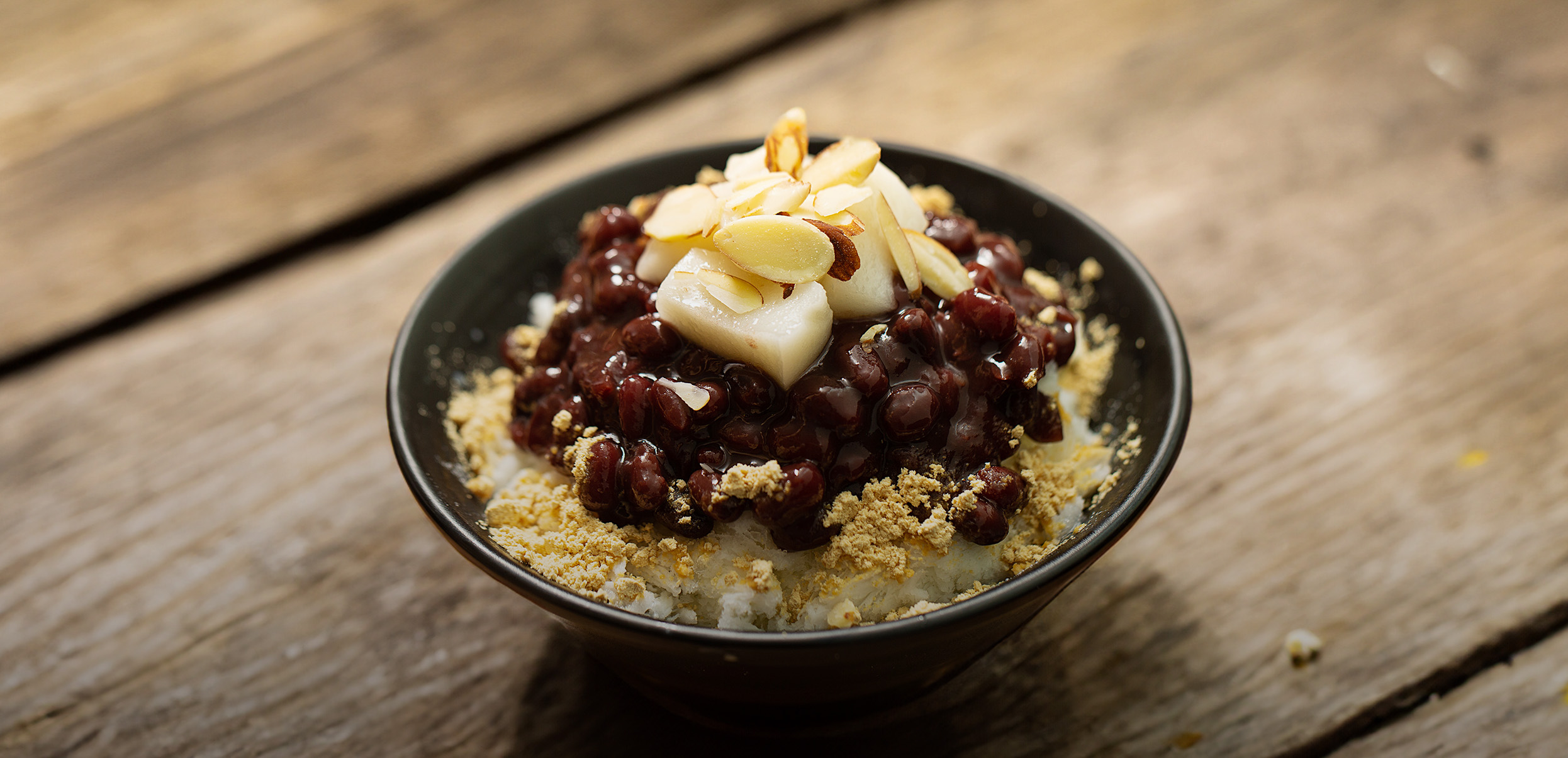
Samcheong-dong
SEOUL - This is a quaint neighborhood of traditional homes, small cafes and shops within walking distance of Gyeongbokgung. It is a nice place to wander and perhaps enjoy a bowl of patbingsu (shaved ice topped with sweet red bean paste, ice cream, condensed milk, rice cakes, and fruit).
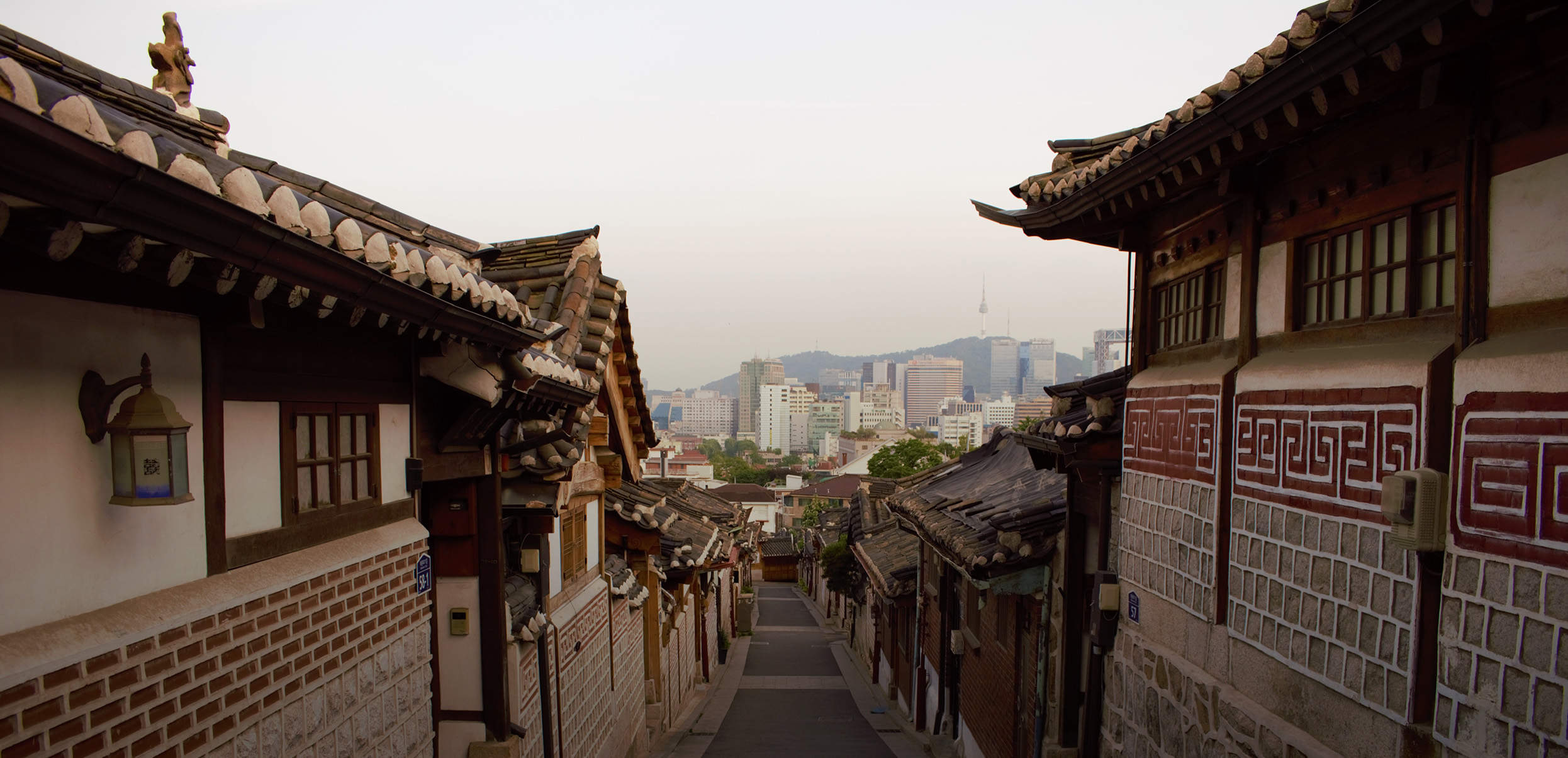
Insa-dong
SEOUL - Traditional Korean arts and crafts, such as celadon pottery and ink drawings, are the main draw in Insa-dong, one of the city’s oldest areas. Browse through the volumes at Seoul’s oldest bookstore, sip tea in a Joseon-era tea house, enter an ancient Buddhist temple, and watch calligraphy demonstrations in this 500-year-old section of the city.
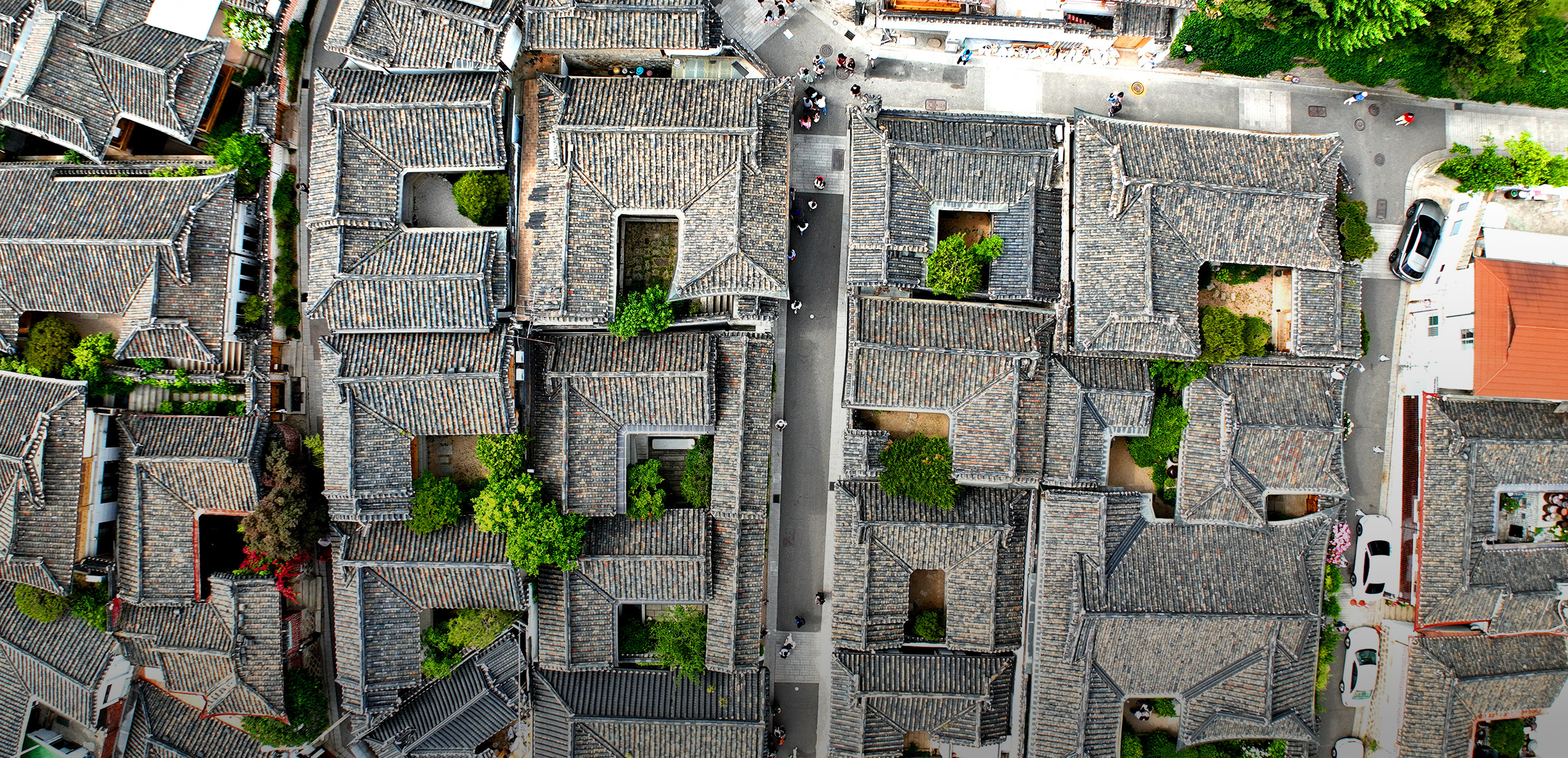
Ukchon Hanok Village
SEOUL - An ancient aristocratic village, Bukchon is a collection of about 900hanok (traditional Korean homes), most of which are about 600 years old. The lovely winding alleys, swooping tiled roofs and intimate scale offer a glimpse into medieval Korean life. There is also a cultural center and hanok style restaurant.
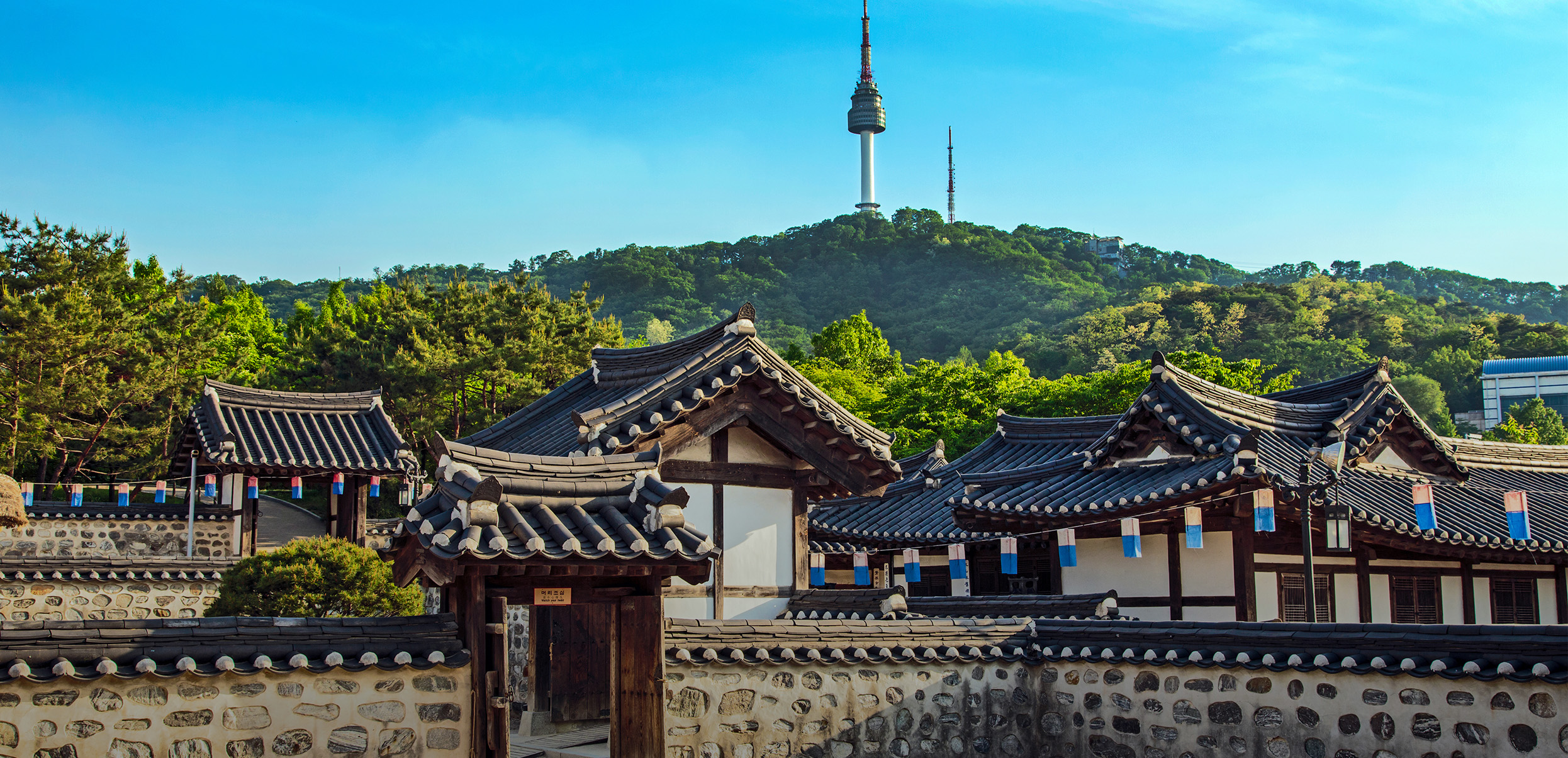
Namsangol Hanok Village
SEOUL - Namsangol is another interesting hanok community. It consists of five traditional houses and a pavilion. Interactive displays make this a worthwhile stop. At night paper lanterns cast a beautiful glow.
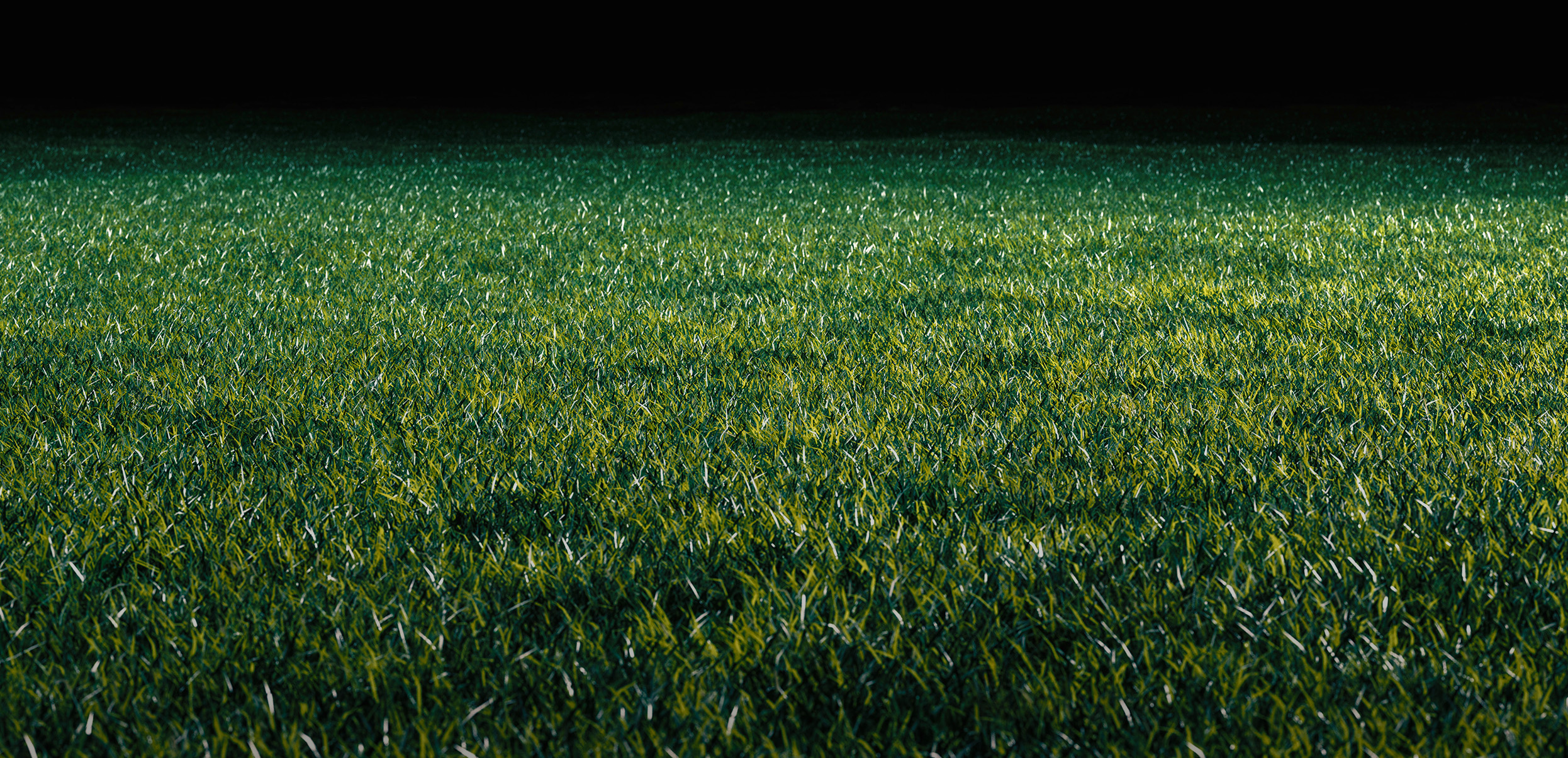
World Cup Stadium or ‘Big Bird’
SUWAN - It hosted the quarter finals of the 2002 FIFA World Cup.
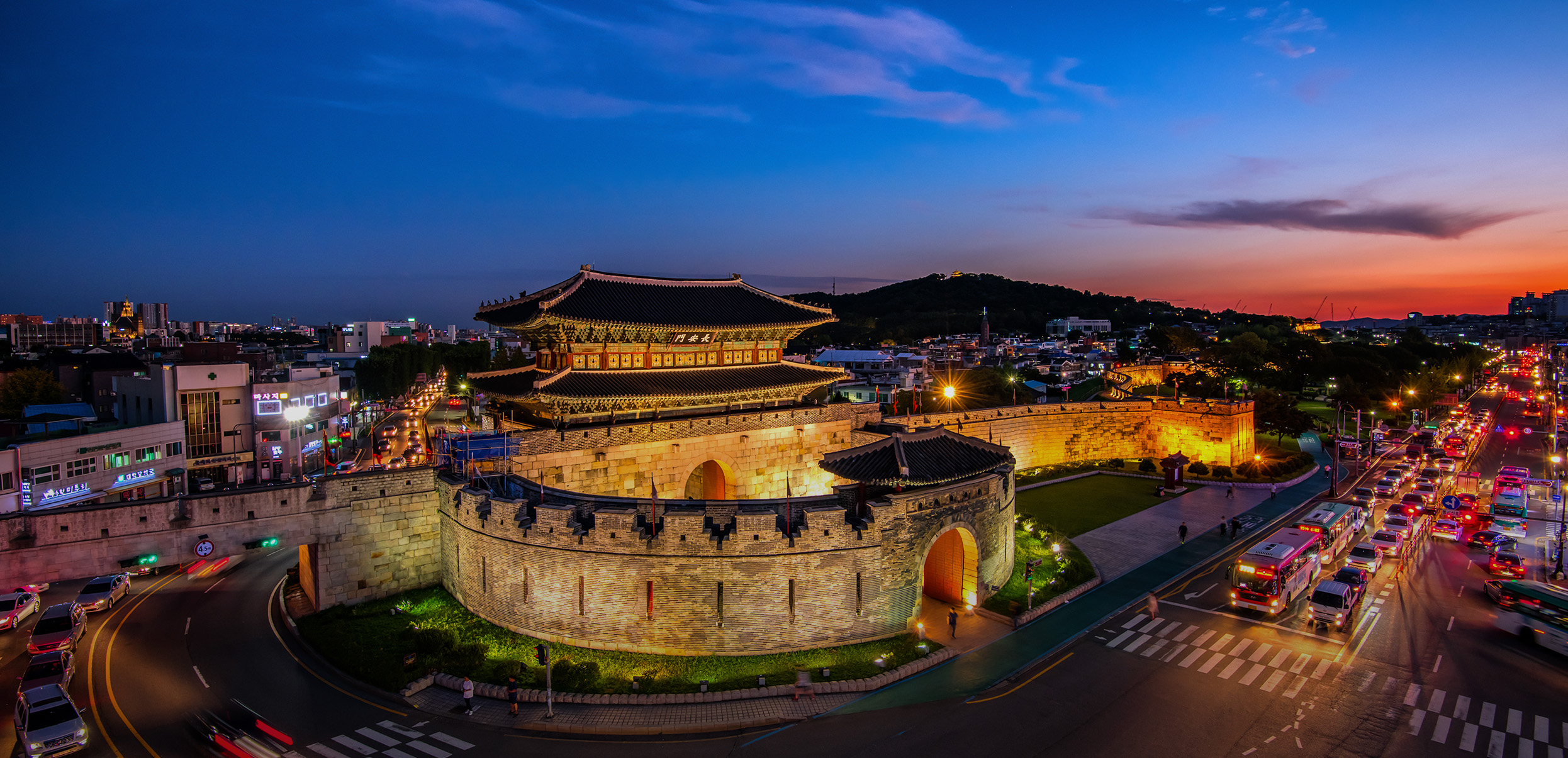
Hwaseong Fortress
SUWAN - An impressive structure from the latter part of the Joseon Dynasty (1392-1910) and the official fortress of Suwan-si, Gyeonggi-do. The fortress (constructed from 1794 to 1796) was built as a show of the King's filial piety towards his father Jangheonseja.
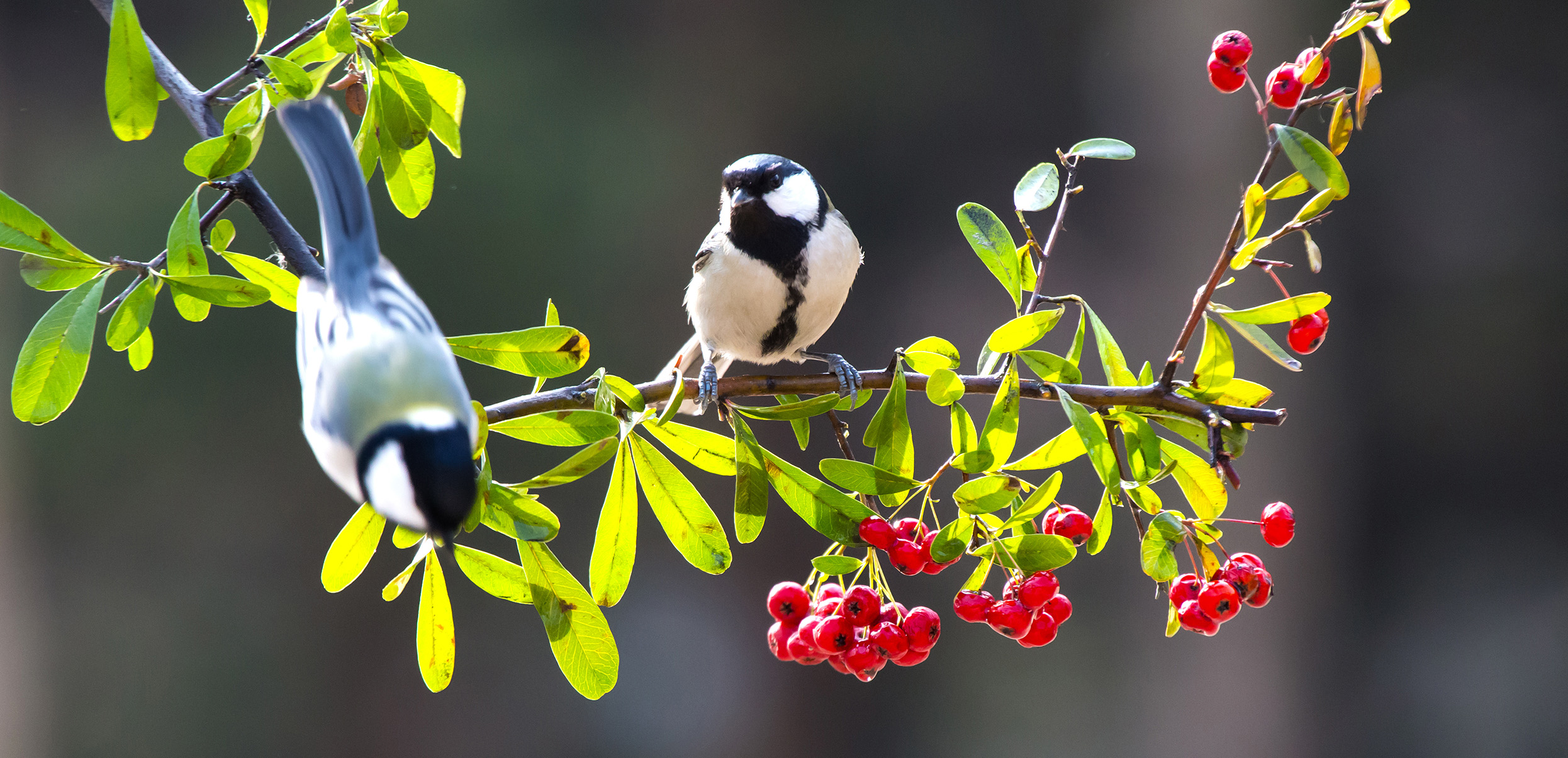
Gijang Ahopsan Forest
BUSAN - Explore and enjoy a stroll through the lush 400 year old bamboo forest.
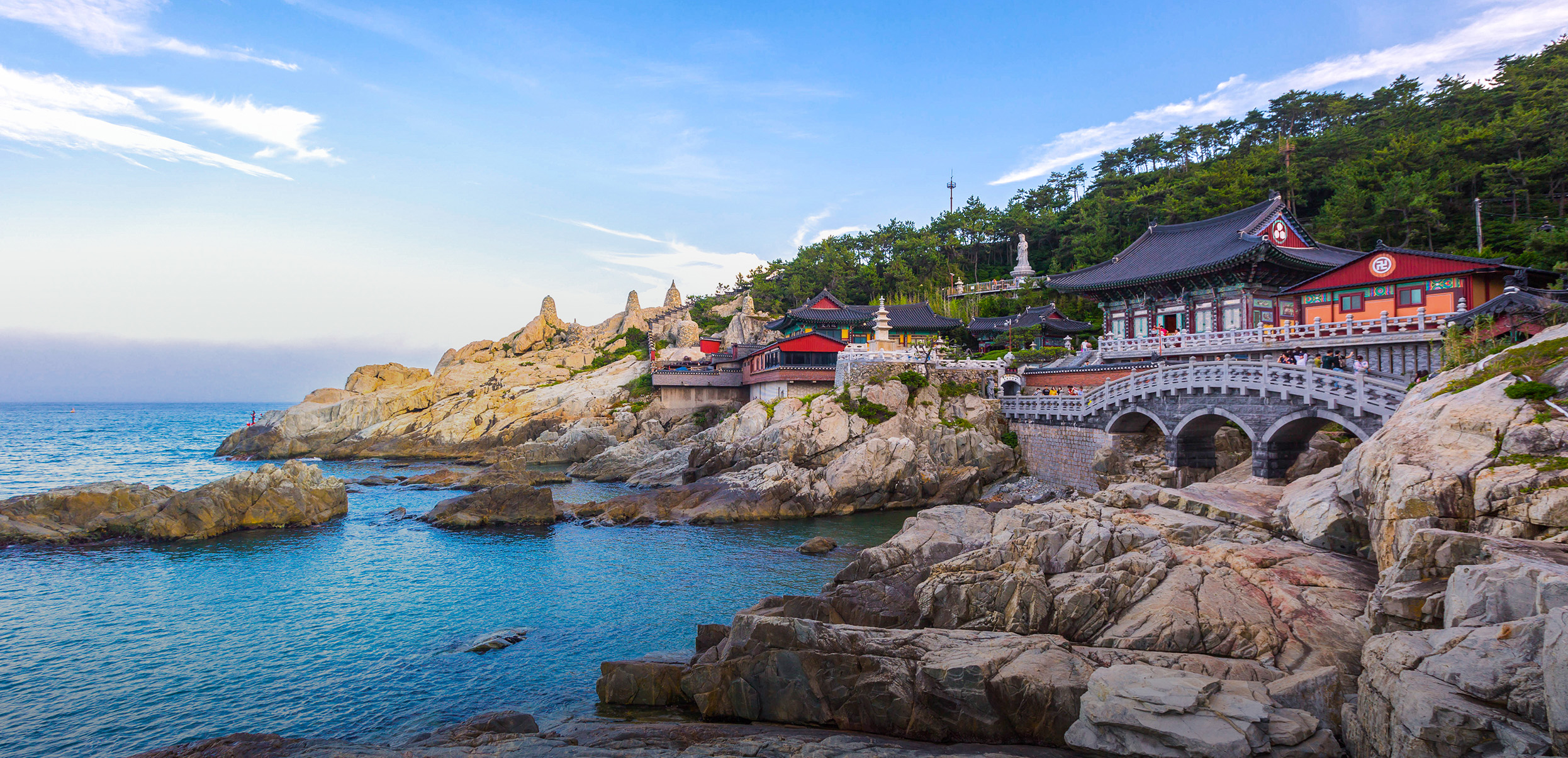
Haedong Yonggungsa Temple
BUSAN - While most temples in Korea are located in the mountains, this gorgeous temple is ideally located by the sea, with a picturesque view of the city's northeast coast. It includes a uniquely designed Buddhist sanctum enclosed within a cave, and a three-story pagoda with four stone lions, symbolizing joy, anger, sadness and happiness looking out over the ocean.
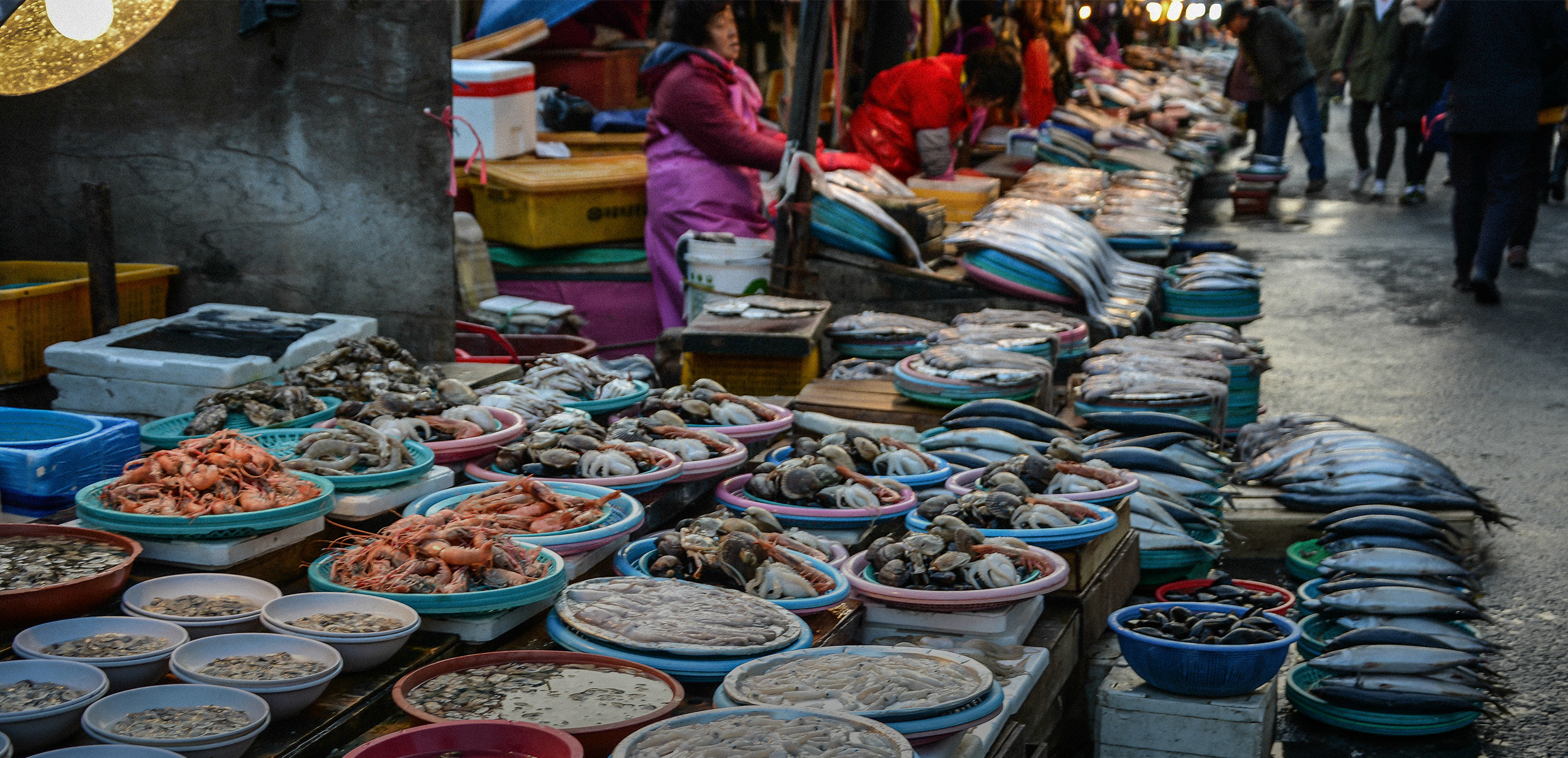
Jagalchi Fish Market
BUSAN - Korea's largest seafood market. Jagalchi solidified itself as a fish market following the Korean War and is now the largest in the country.
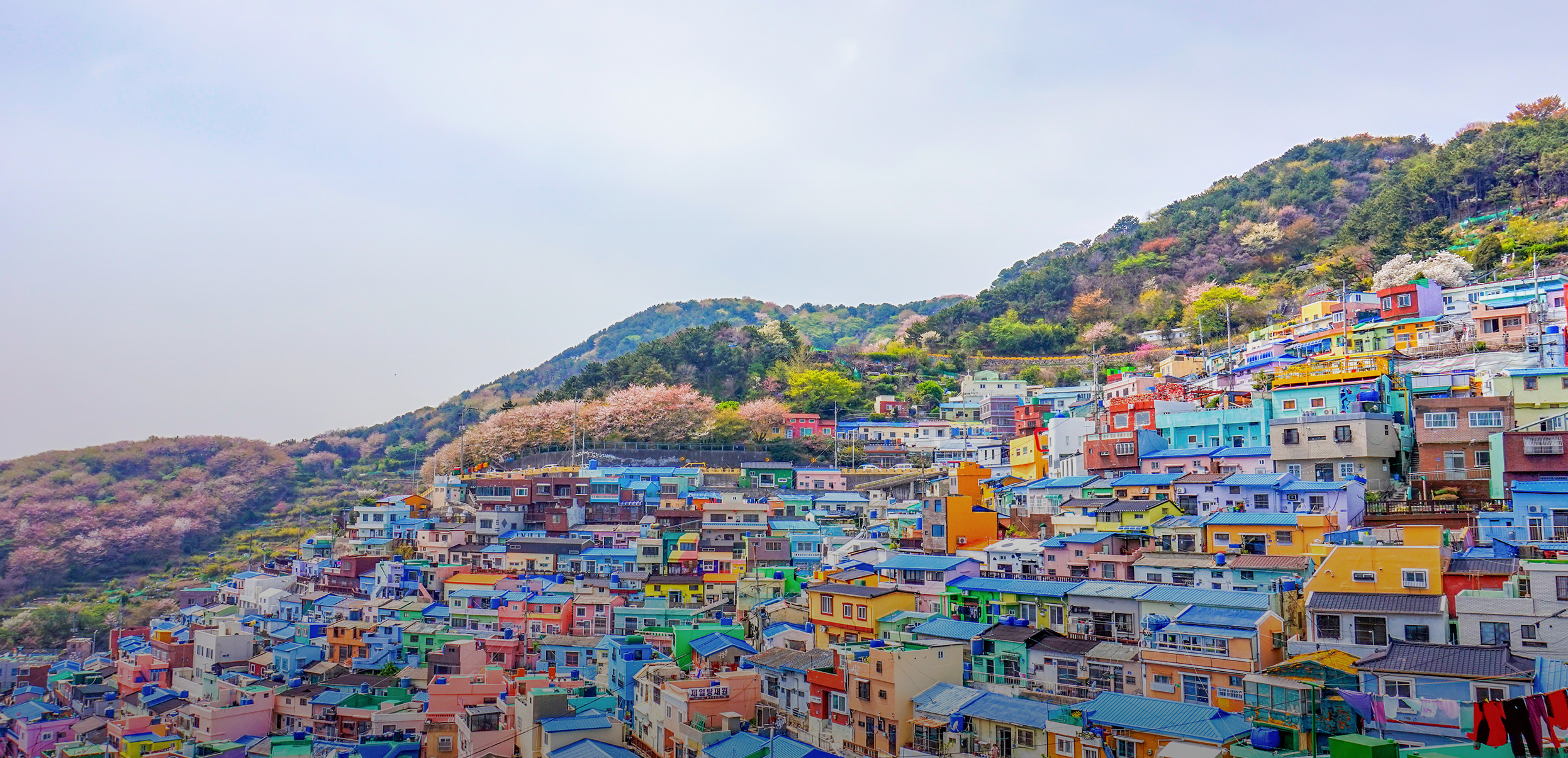
Gamcheon Culture Village
BUSAN - It was formed by houses built in staircase-fashion on the foothills of a coastal mountain, earning this village the nickname of "Machu Picchu of Busan." This is a great area for a walk to stretch your legs taking about an hour up and down the slopes around the village.
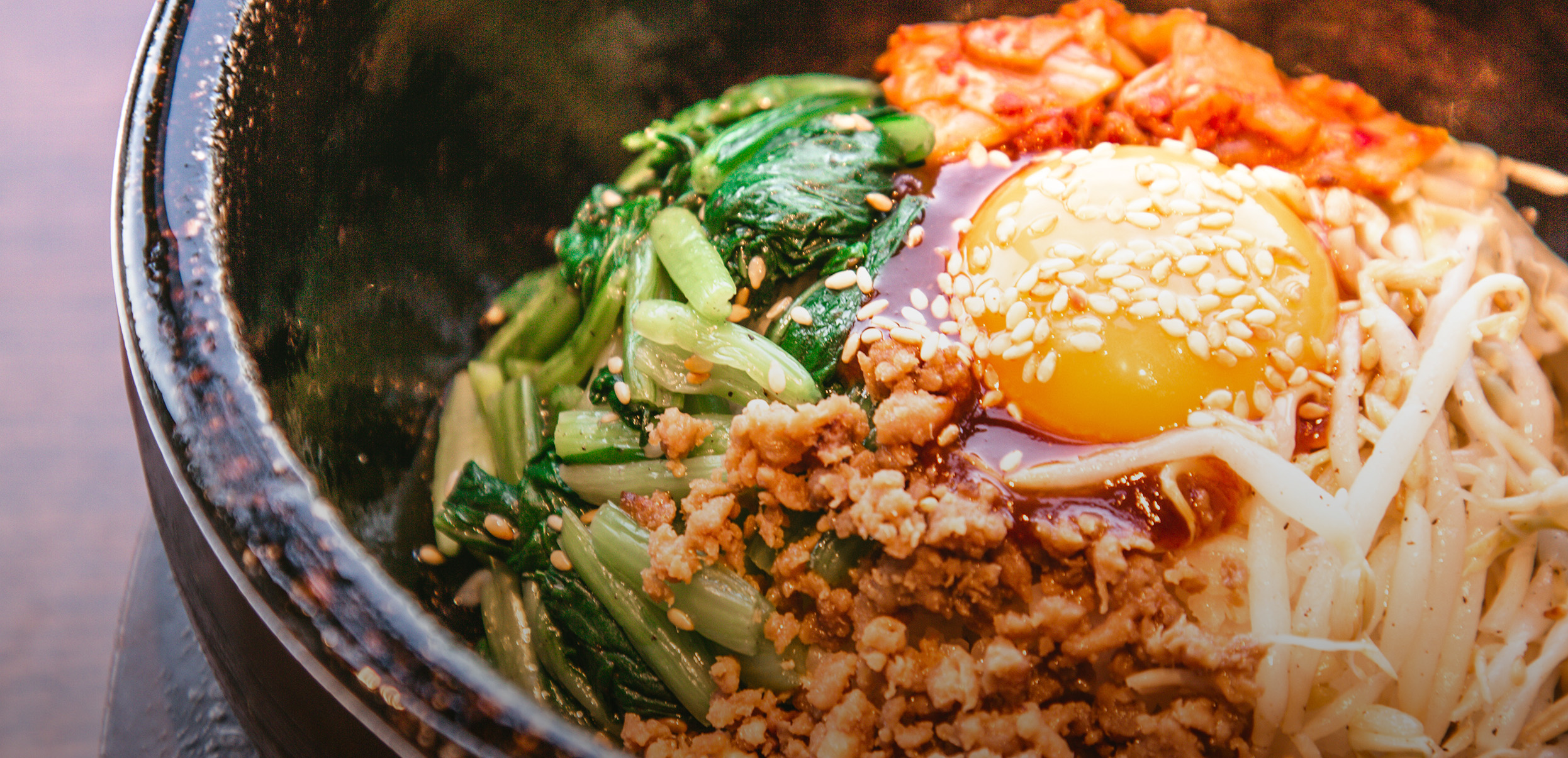
JEONJU
JEONJU - If you want to embrace the local culture and get to know its history, make your way to Jeonju. Be sure to try the locally made ‘soju’a fermented rice drink with a touch of apple. Often called Korean Vodka. Also try the famed Korean dish Bibimbap, which originally comes from this region.
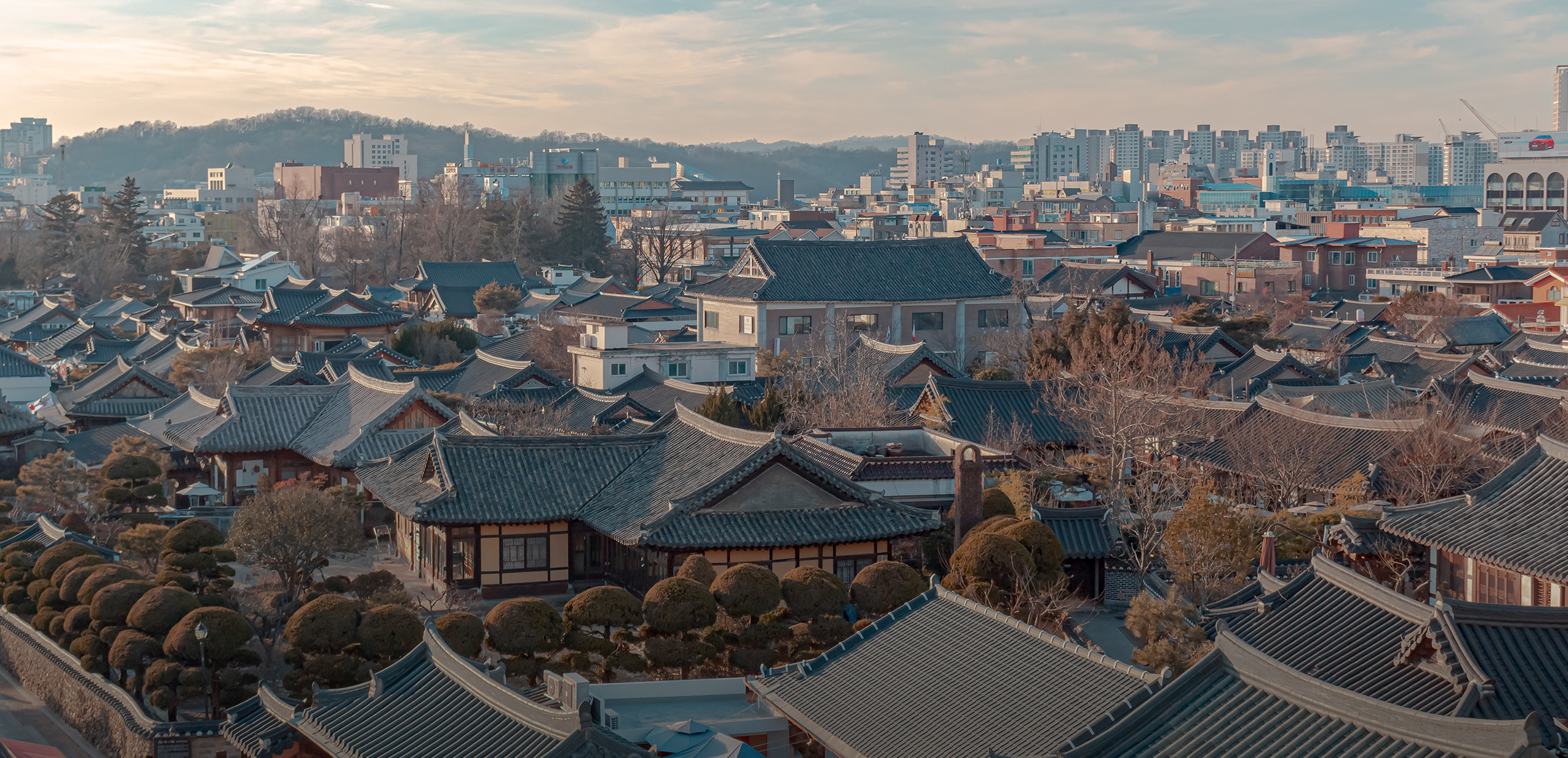
Jeonju Hanok Village
JEONJU - A designated slow city. This is an area tucked away within the modern city with over 800 traditional houses, or hanok, preserved within its limits.
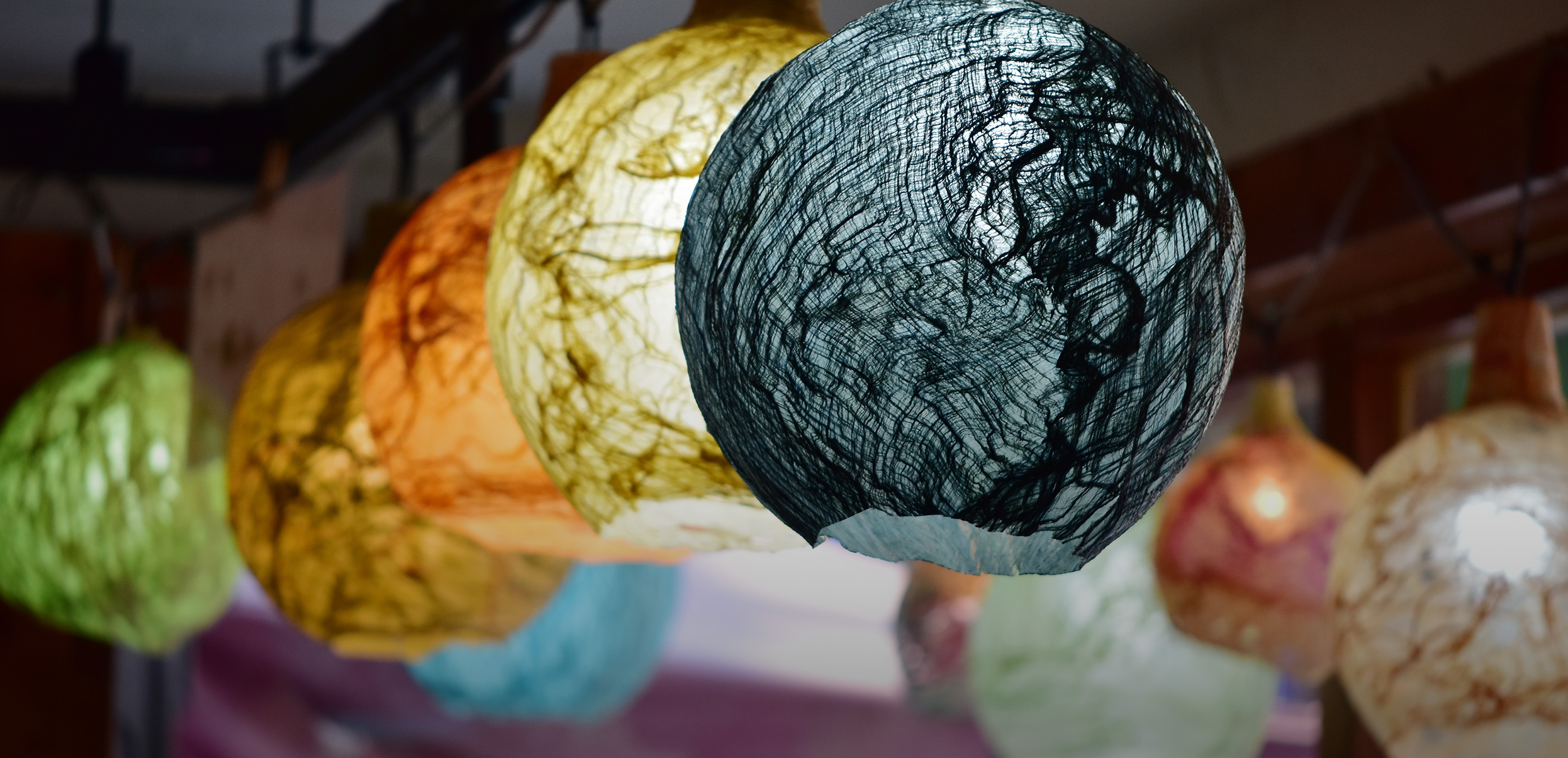
Jeonju Hanji Museum
JEONJU - Features hanji, traditional Korean paper and even try your hand at making it.
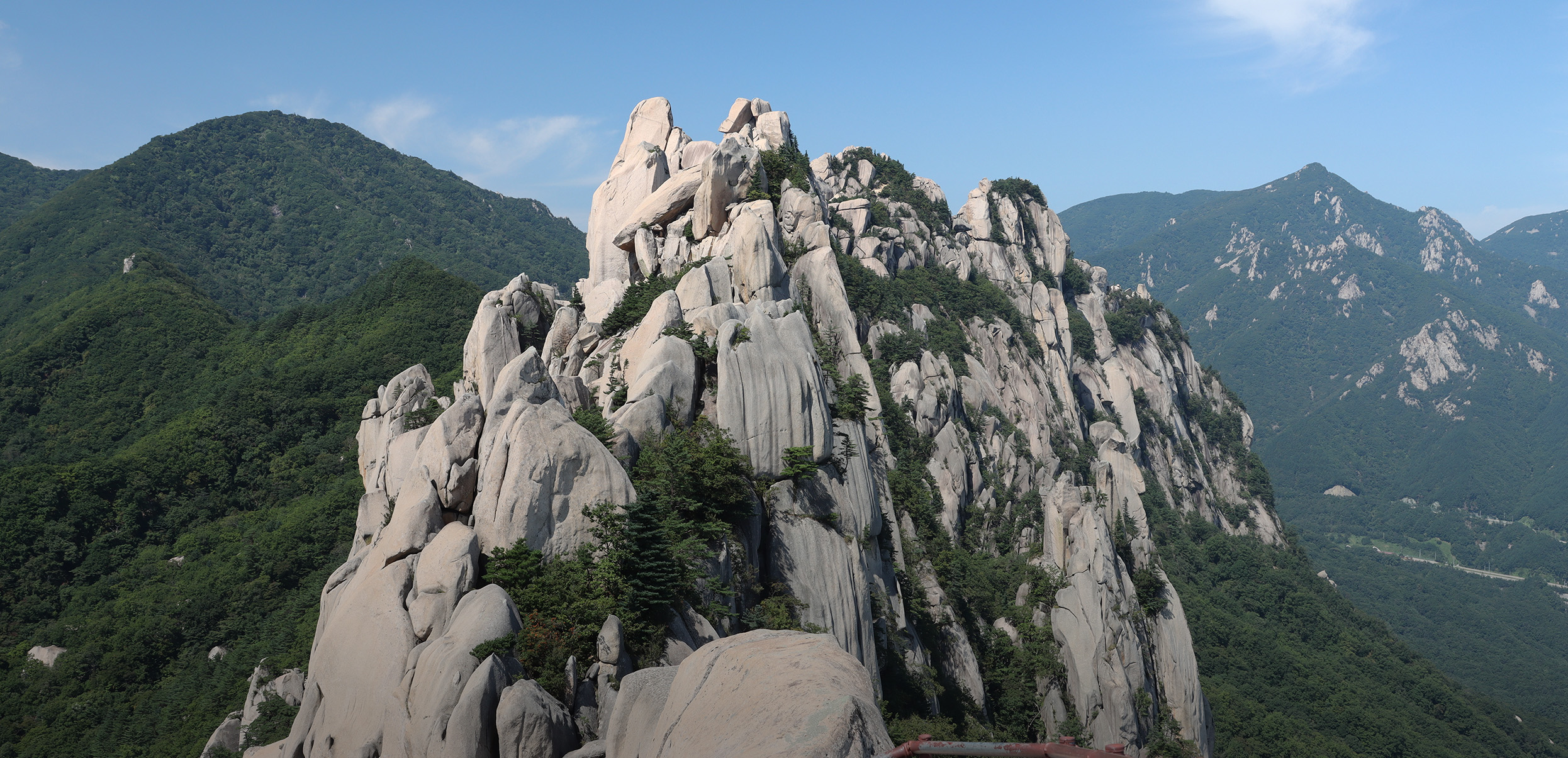
SEORAKSAN NATIONAL PARK (SOKHO)
Spend the day hiking around Mt. Seorak, the third highest mountain in South Korea. You can take a cable car to the peak and explore the magnificent scenery.
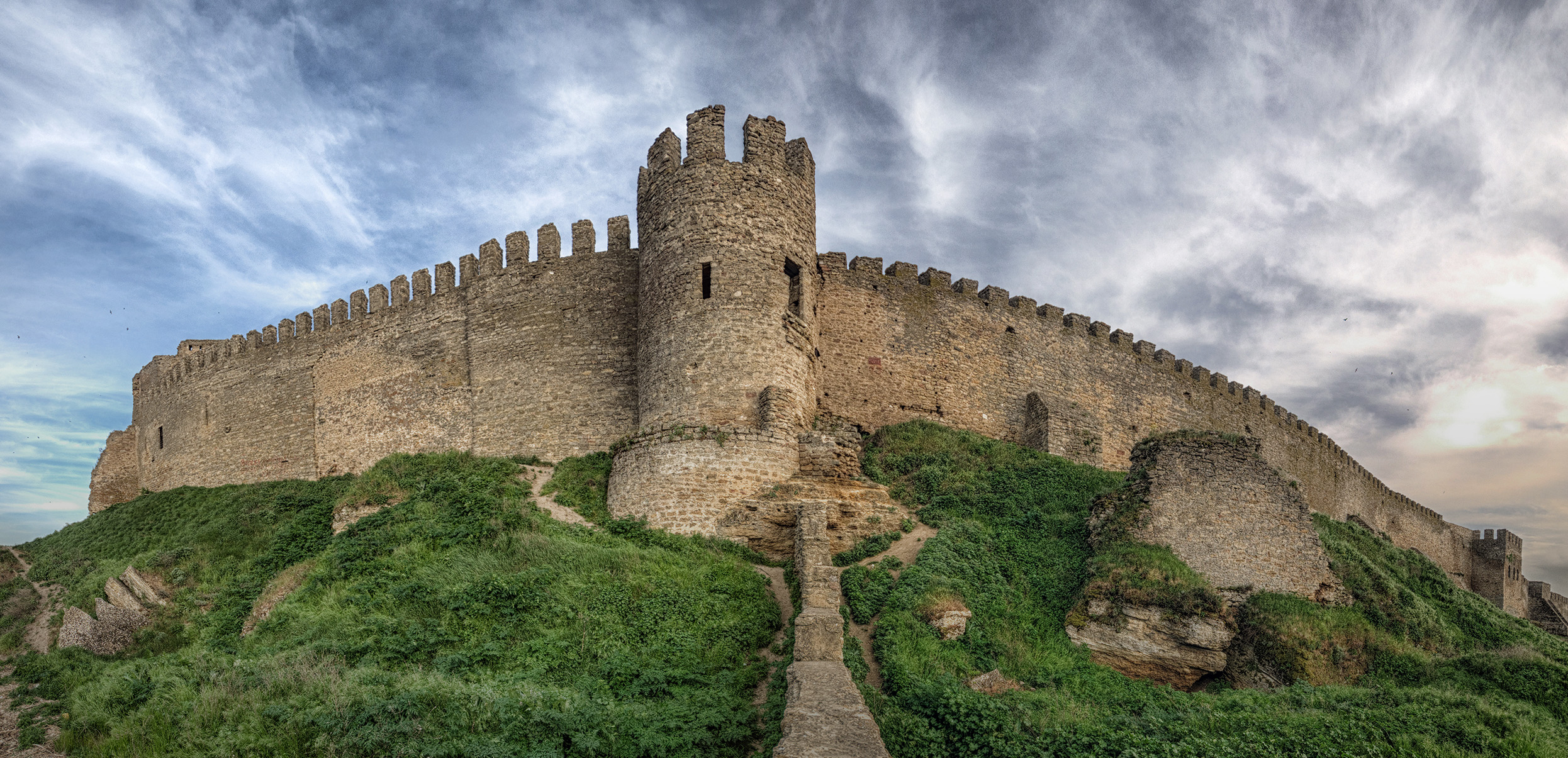
Gwongeumseoung Fortress
SOKHO - This is a sight of castle ruins on Seoraksan Mountain. Thought to have been built by the 23rd King of the Goryeo Period (918-1392). Legend has it that two generals named Gwon and Kim, built the castle to avoid a war. It is therefore also called Gwon-Kim Castle.
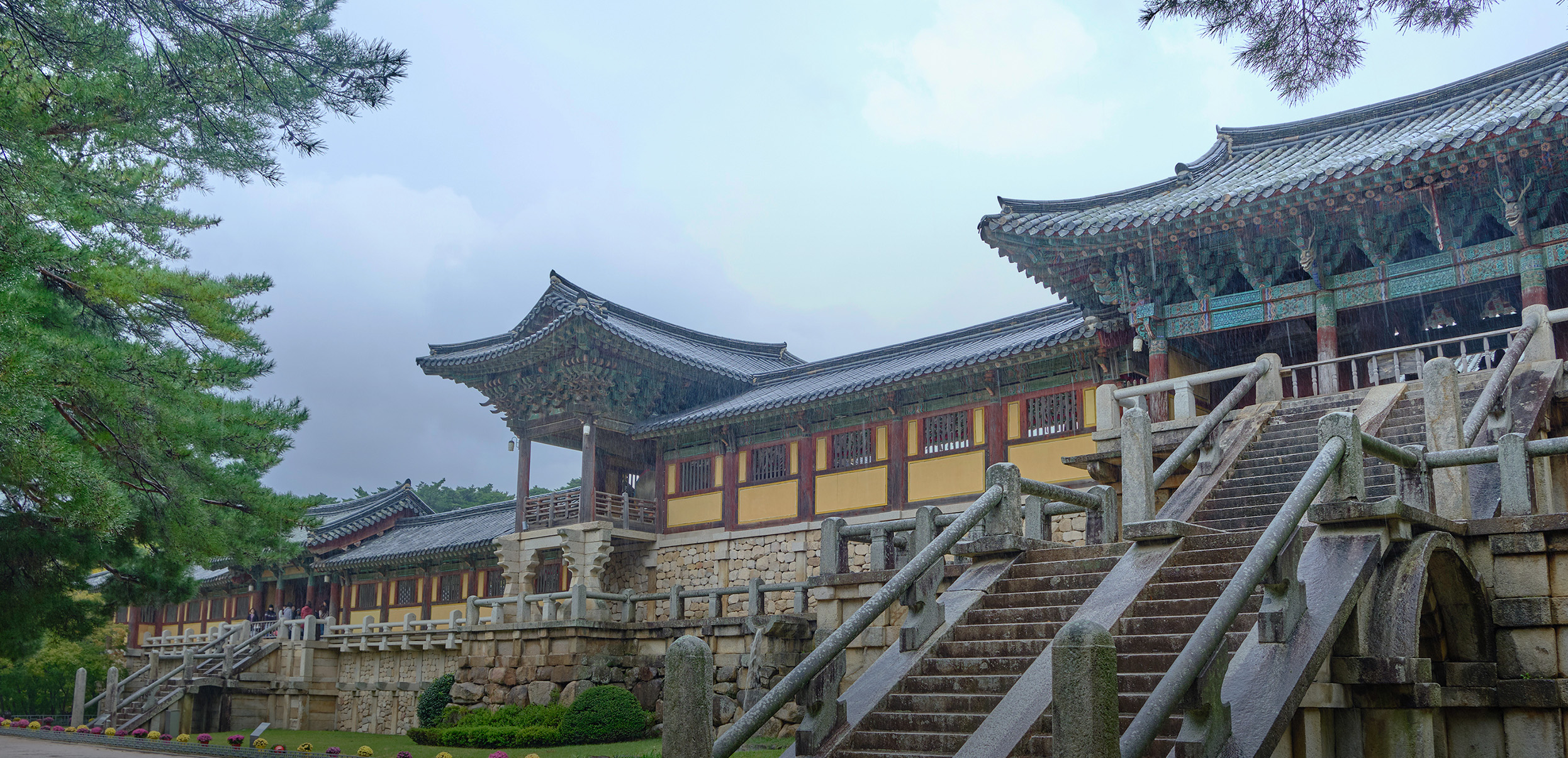
Sinhuengsa Temple
SOKHO - The head temple of the Jogye Order of Korean Buddhism. Its construction was originally completed in 658 but has been destroyed and rebuilt many times over the centuries.
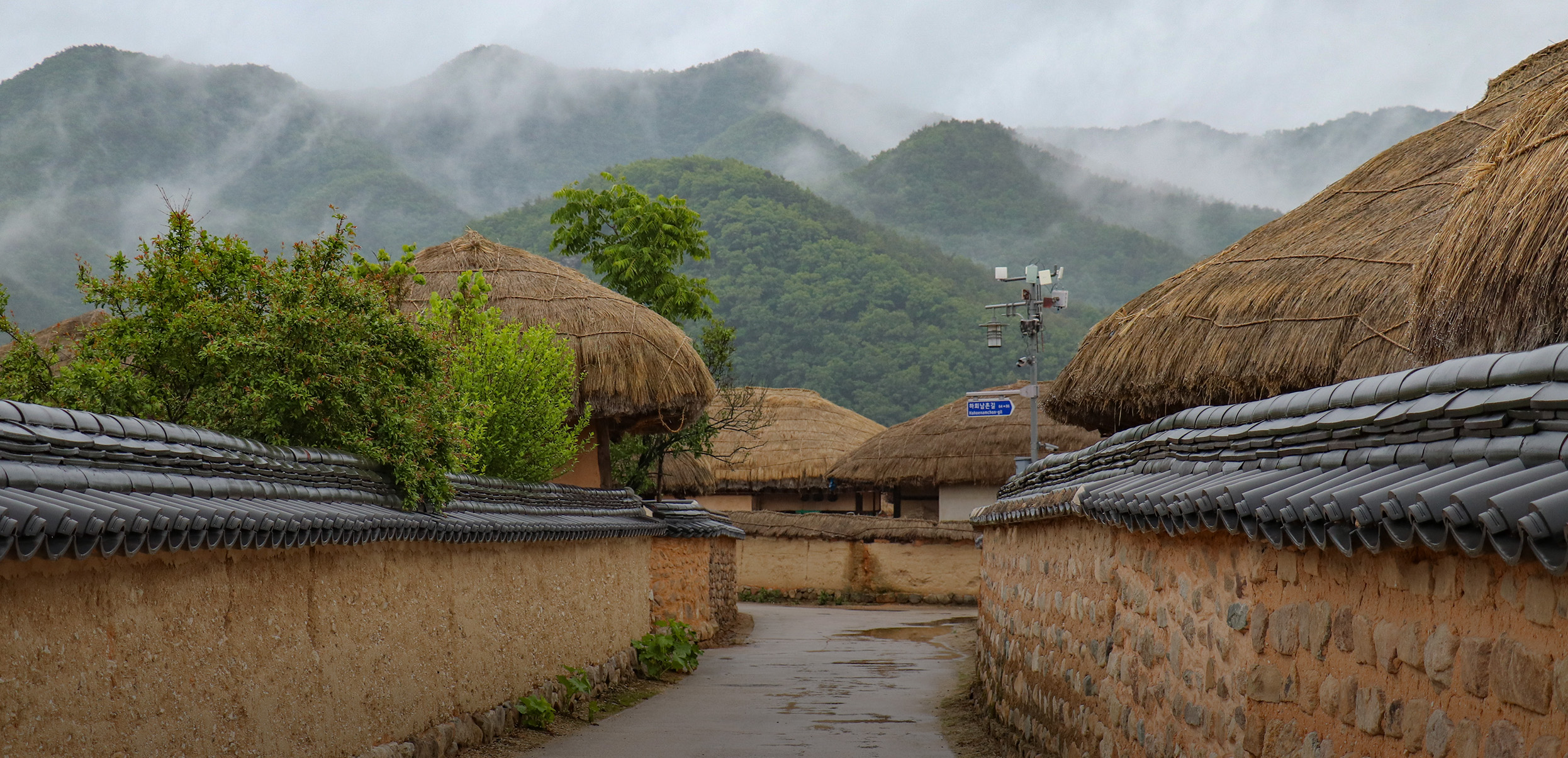
Haho Village
ANDONG - Visitors can take the boat to Buyongdae Cliff for a panoramic view of the village. Hahoe Village offers delectable local delicacies. Try the Andong Soju (distilled alcoholic beverage), Heotjesabap (a type of Bibimbap eaten by the nobles), Andong Gangodeungeo (salted mackerel), and Andong Guksu (a kind of noodle dish). Spend some time exploring the village, which was added to the UNESCO World Heritage List under the category of "Historic Villages in Korea" in 2010.
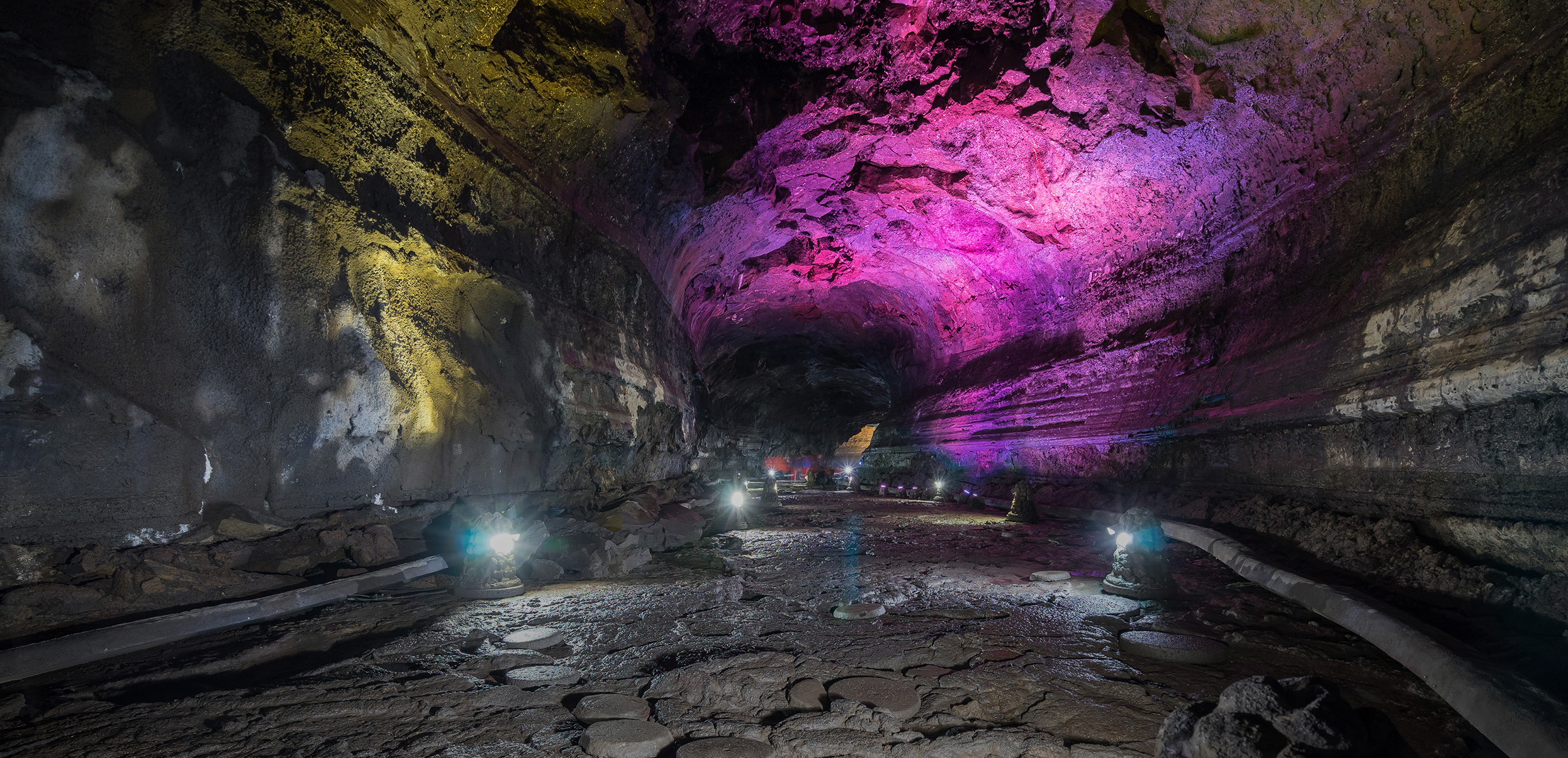
Manjanggul Cave
JEJU ISLAND - a UNESCO World Heritage Site and one of the finest lava tunnels in the world. Inside the cave are a variety of interesting structures including lava stalagmites and lava tube tunnels.
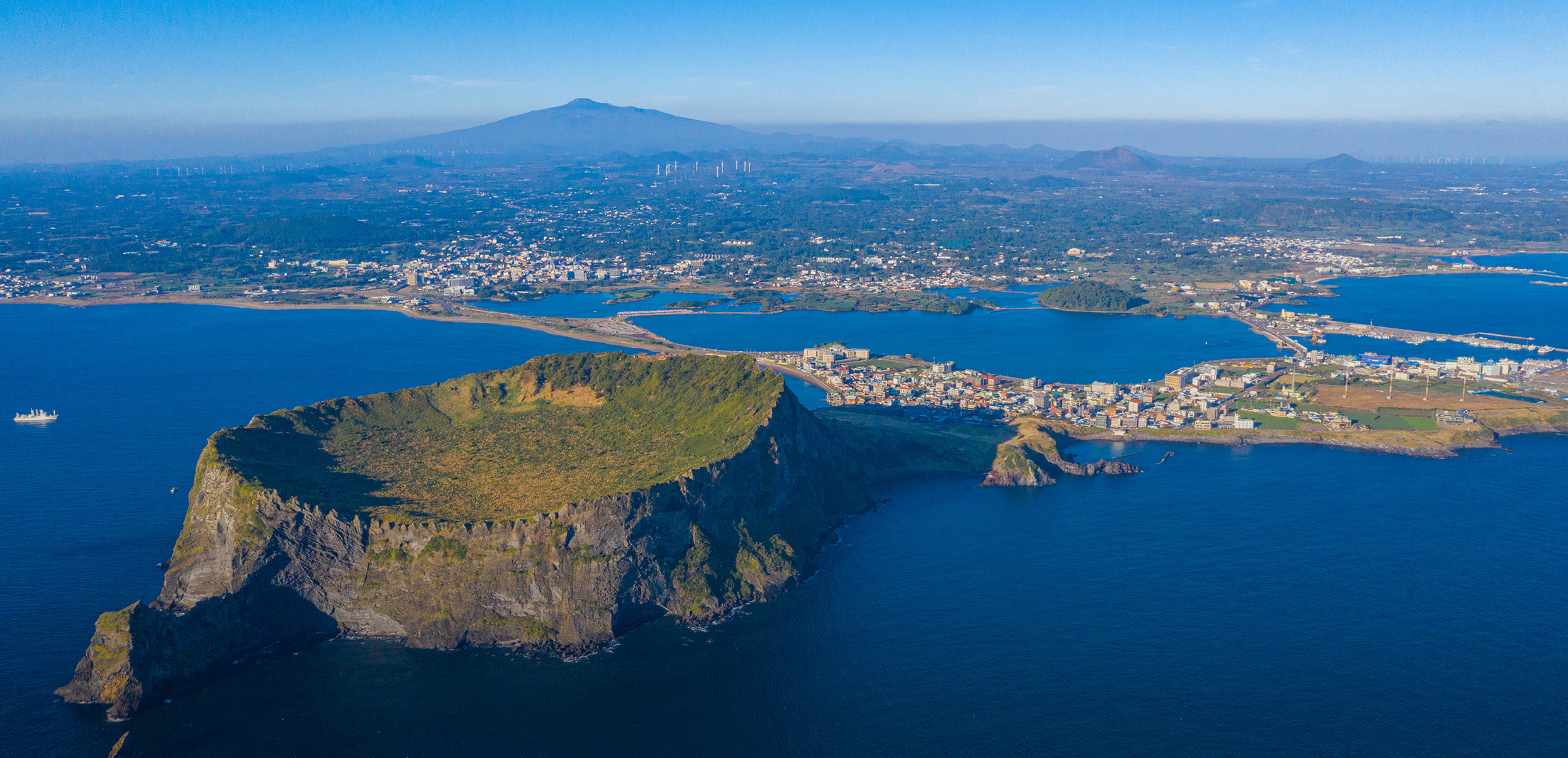
Seongsan Ilchulbong Peak (also called Sunrise Peak)
JEJU ISLAND - Located on the eastern end of Jejudo Island, it was formed by a volcanic eruption over 100,00 years ago.
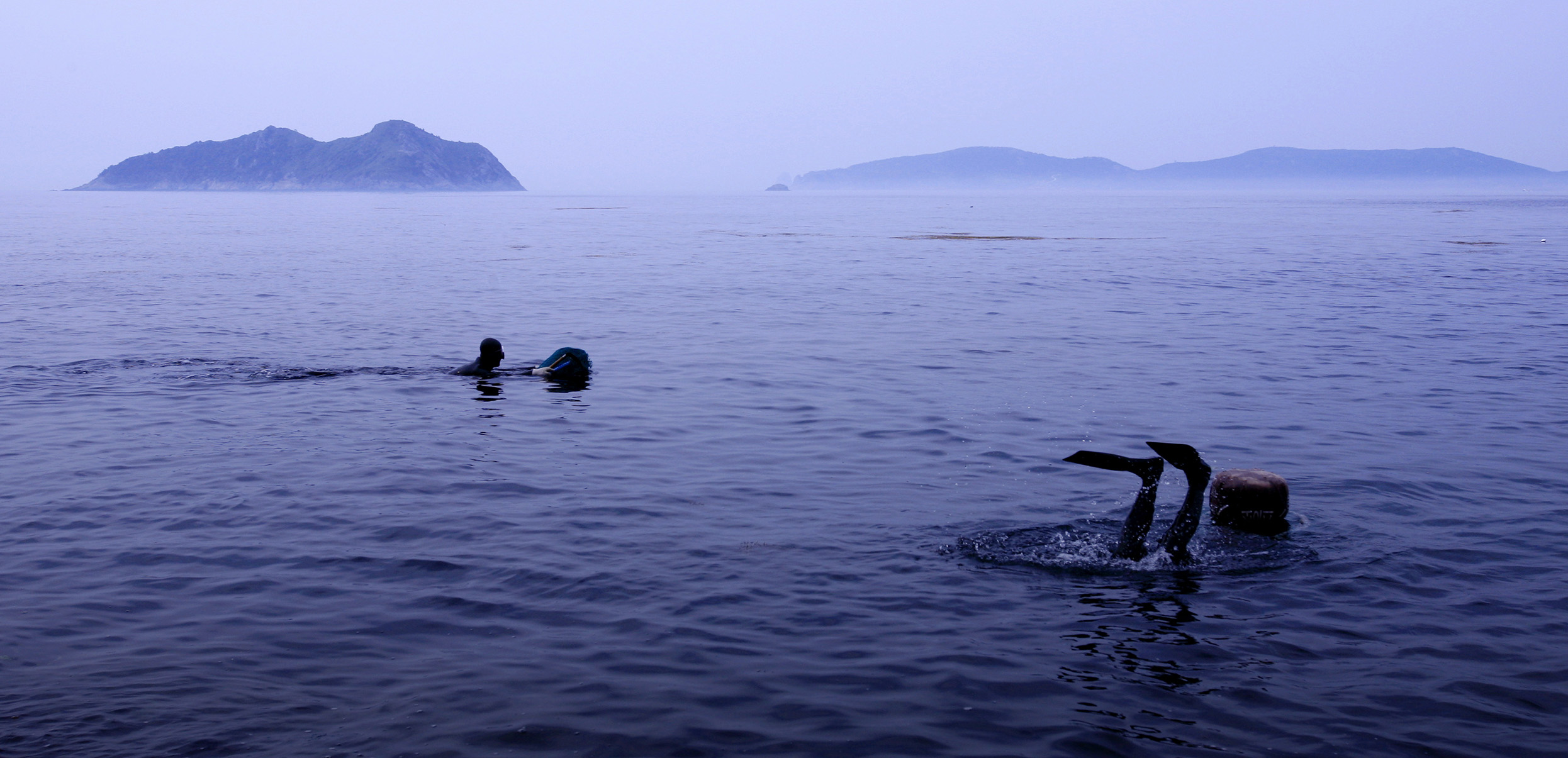
Jeju Haenyeo Museum
JEJU ISLAND - Peruse for an introduction to Jejudo's haenyeo female divers. The museum exhibits various photos of haenyeo female divers and their activities to provide an accurate picture of their lives.
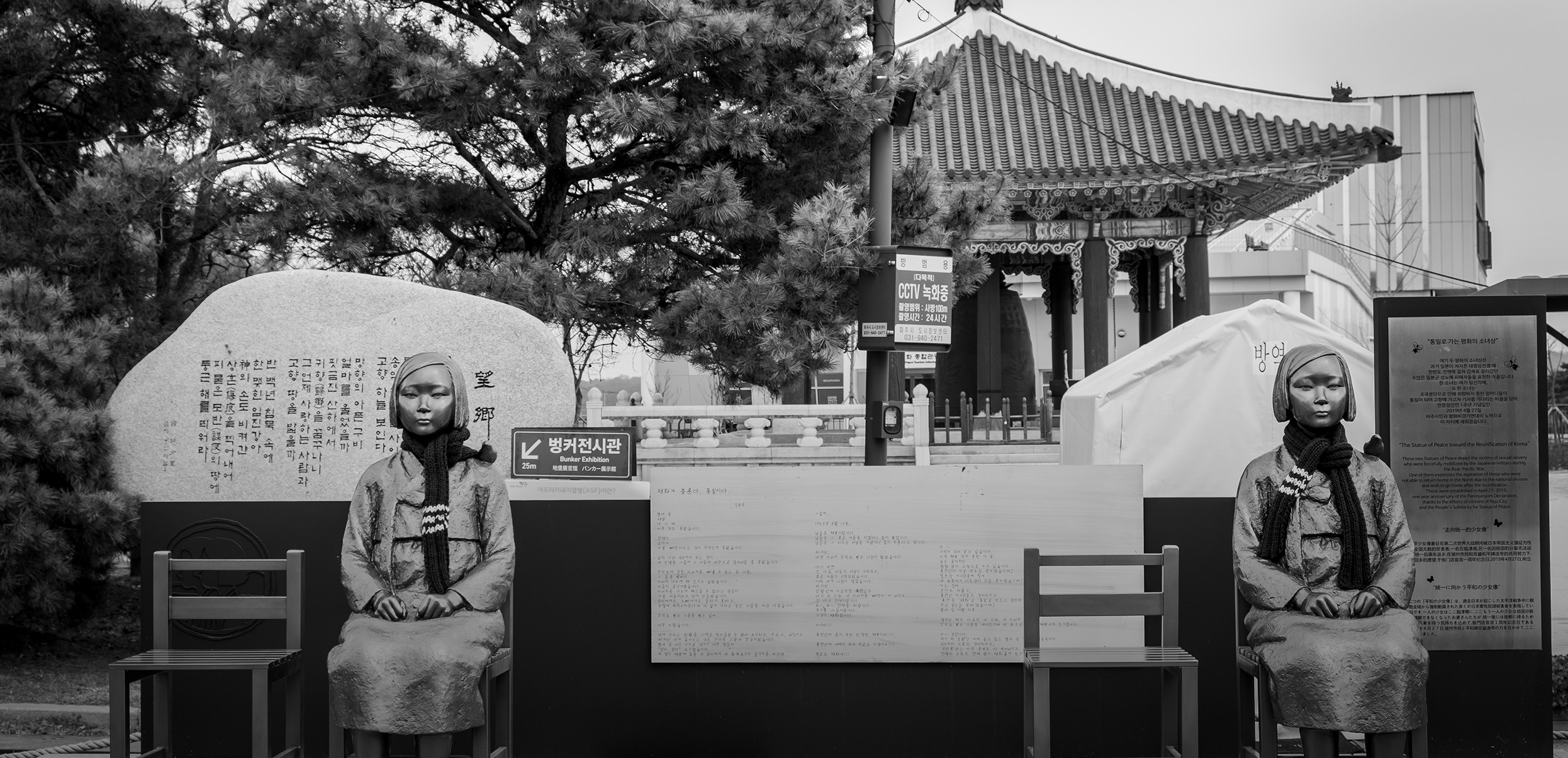
DMZ
Contains many interesting historical sights and pristine untouched natural surroundings.
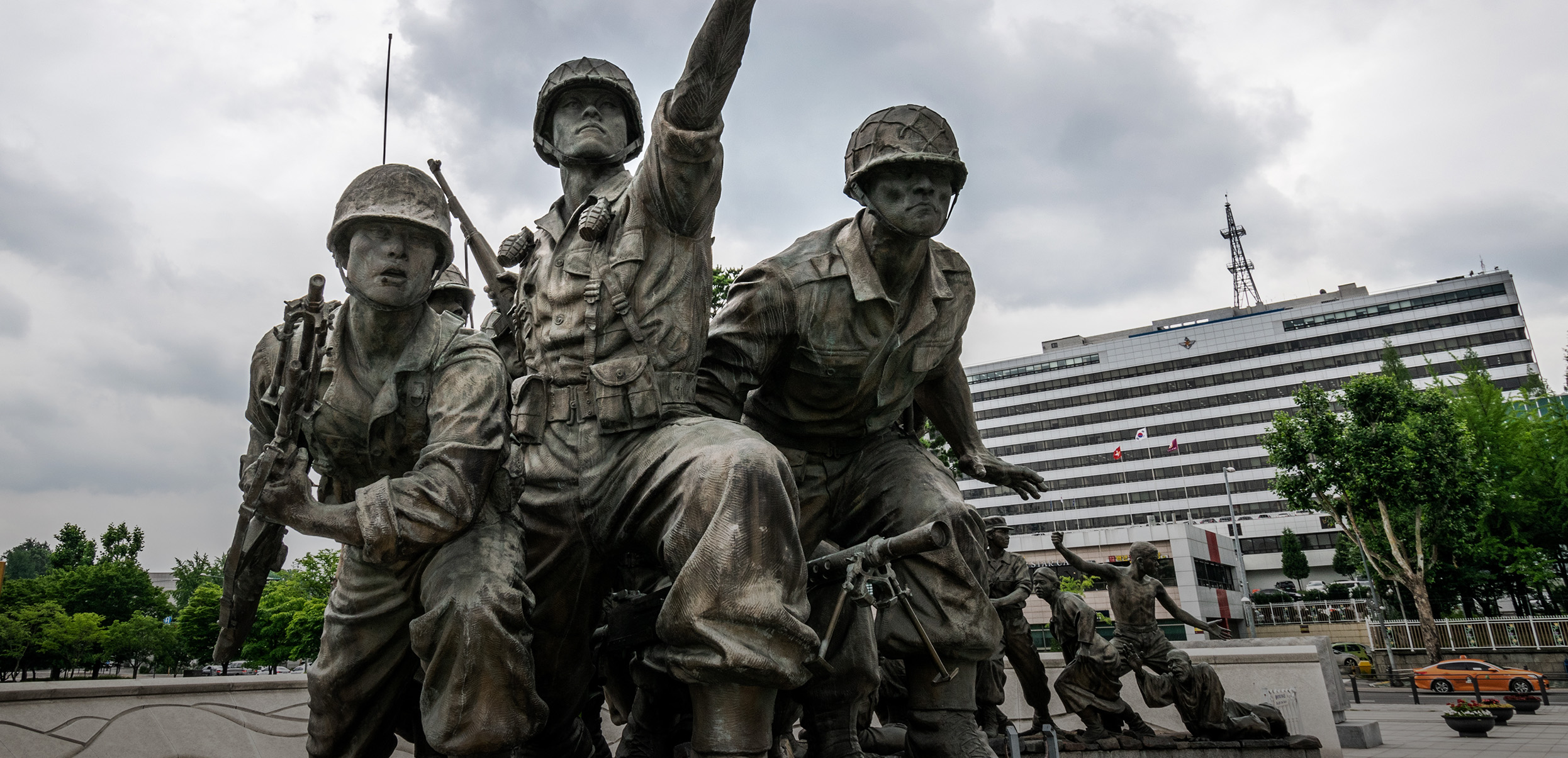
War Memorial of Korea
DMZ - Once back in Seoul, visit the museum whose grounds were once the headquarters of the Korean Infantry. Many experts from different fields were consulted numerous times and exhaustive research was done in order to complete the exhibits. This memorial is the largest of its kind in the world, and visitors can learn all about Korea's war history by visiting the War History Exhibit.
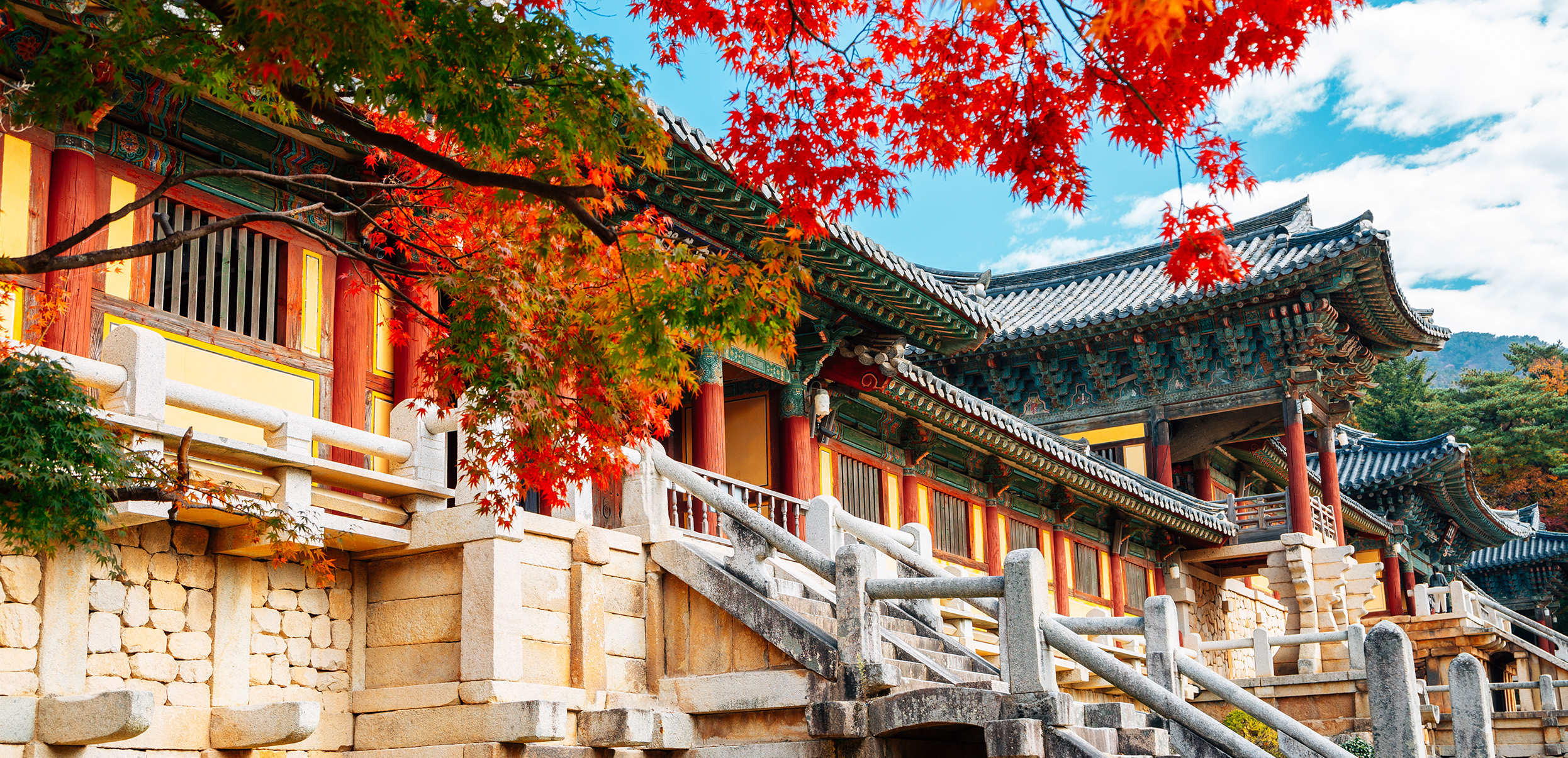
Bulguksa Temple
GYEONGJU - Considered the crowning glory of Silla temple architecture. Bulguksa is a magnificent temple built on a series of stone terraces about 16 kilometers from Gyeongju. The eaves and internal painting of this gorgeous temple are one of the artistic highlights of Asia. Stand on the highest level of the temple and look down over a rolling sea of tiles. High above the temple, a seated Buddha (usually crawling with tourists) gazes over Gyeongju from Seokguram Grotto.
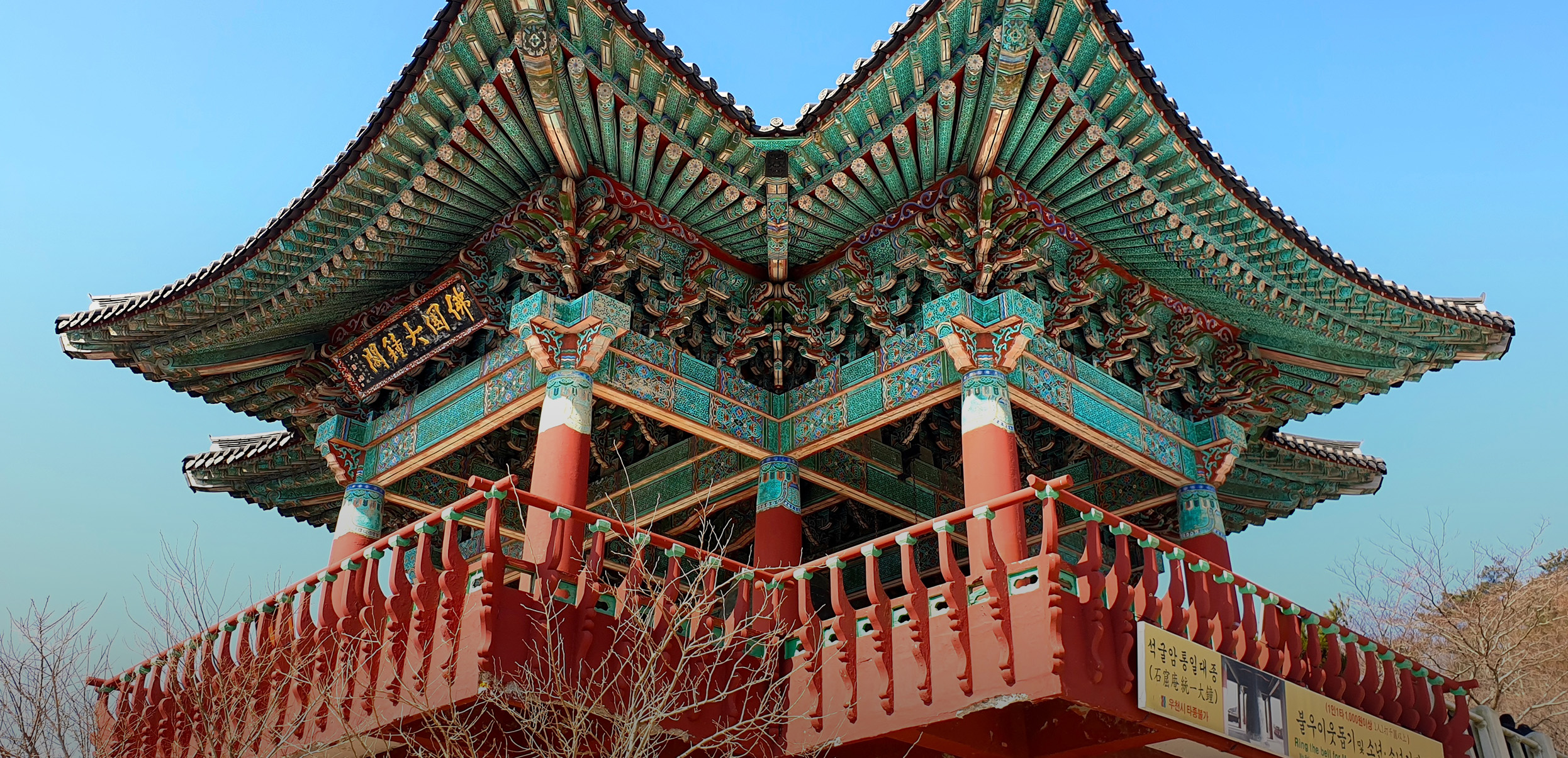
Seokguram Grotto
GYEONGJU - Another must see, is located on Tohamsan Mountain. This is the representative stone temple of Korea. Designated as World Cultural Heritage site by UNESCO in 1995, it is an artificial stone temple made of granite. The construction was started in 751 during the reign of King Gyeong-Deok and was finished 24 years later in 774, during the reign of King Hye-Gong.
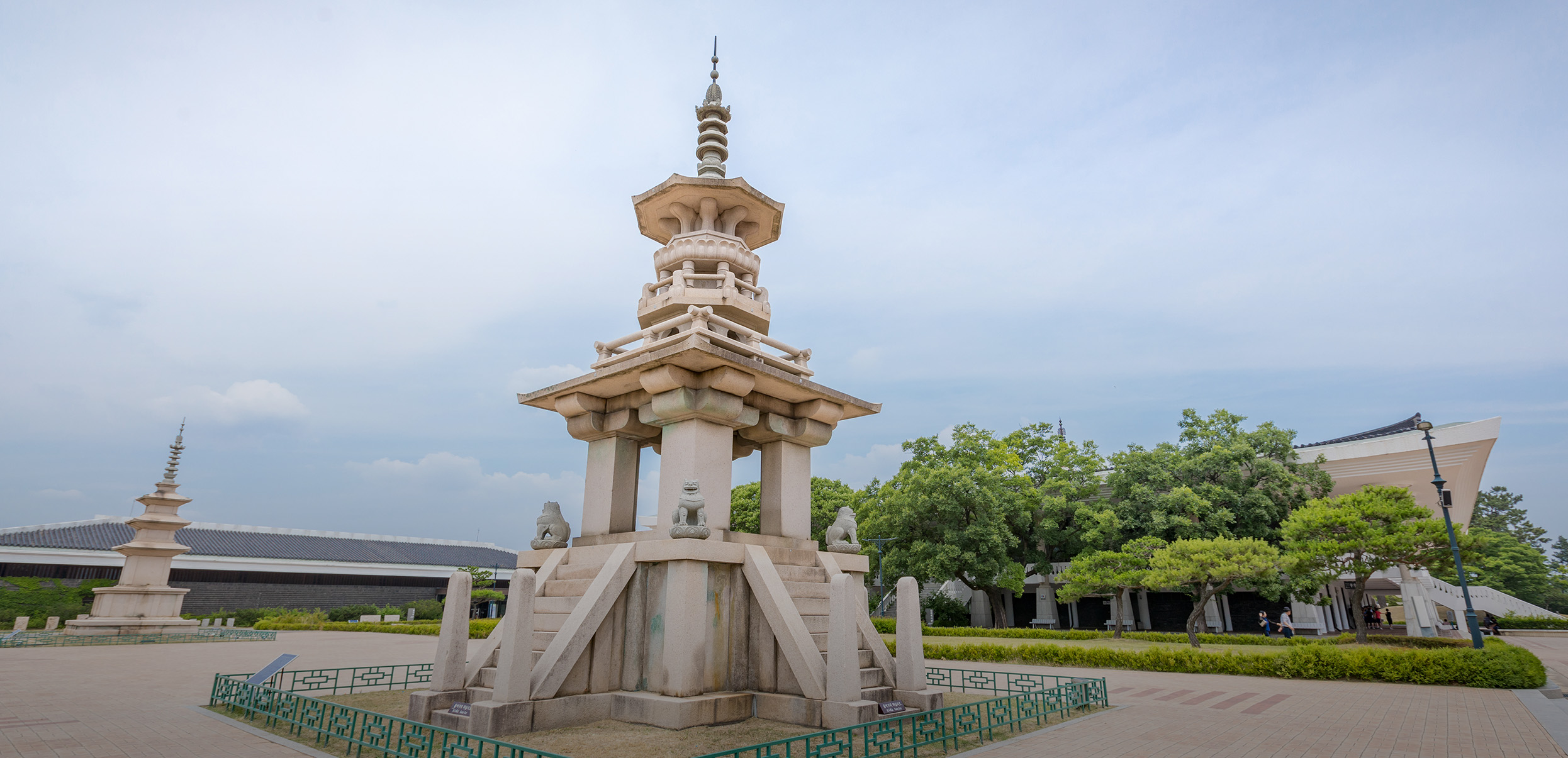
Gyeongju National Museum
GYEONGJU - Visit for a look at the cultural history of the Gyeongju district. Gyeongju used to be the capital of Silla between 57 BC and 935 AD. You can experience the superb artistry from the Silla period through the artifacts housed here.
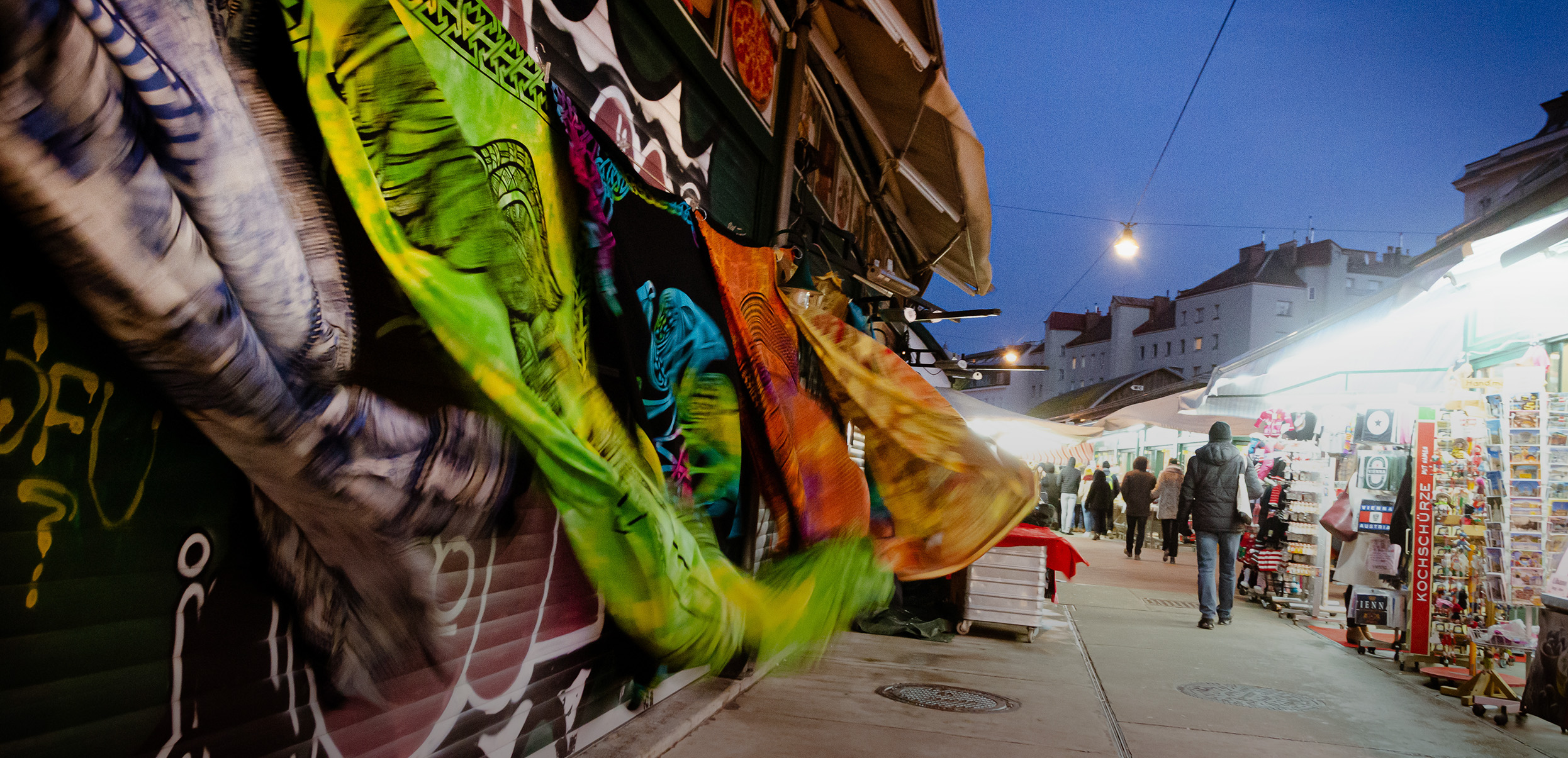
Covered Market
GYEONGJU - A collection of vendors selling everything from Silla souvenirs to freshly made Korean delicacies.
sign up for our
Newsletter
Stay current with all the latest being offered from ATJ, as
well as updates on Asia Destinations.























